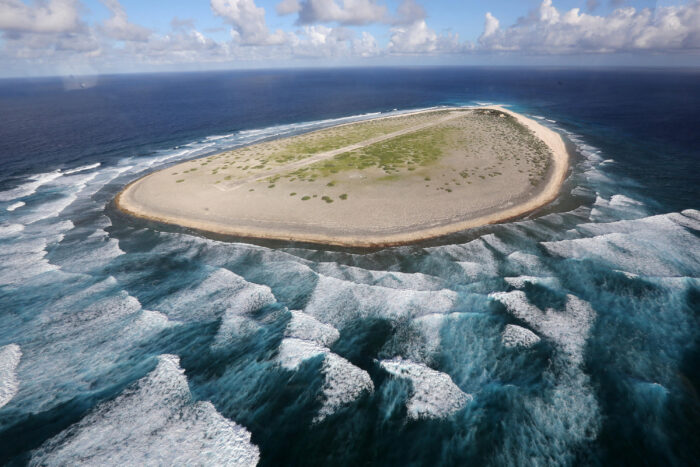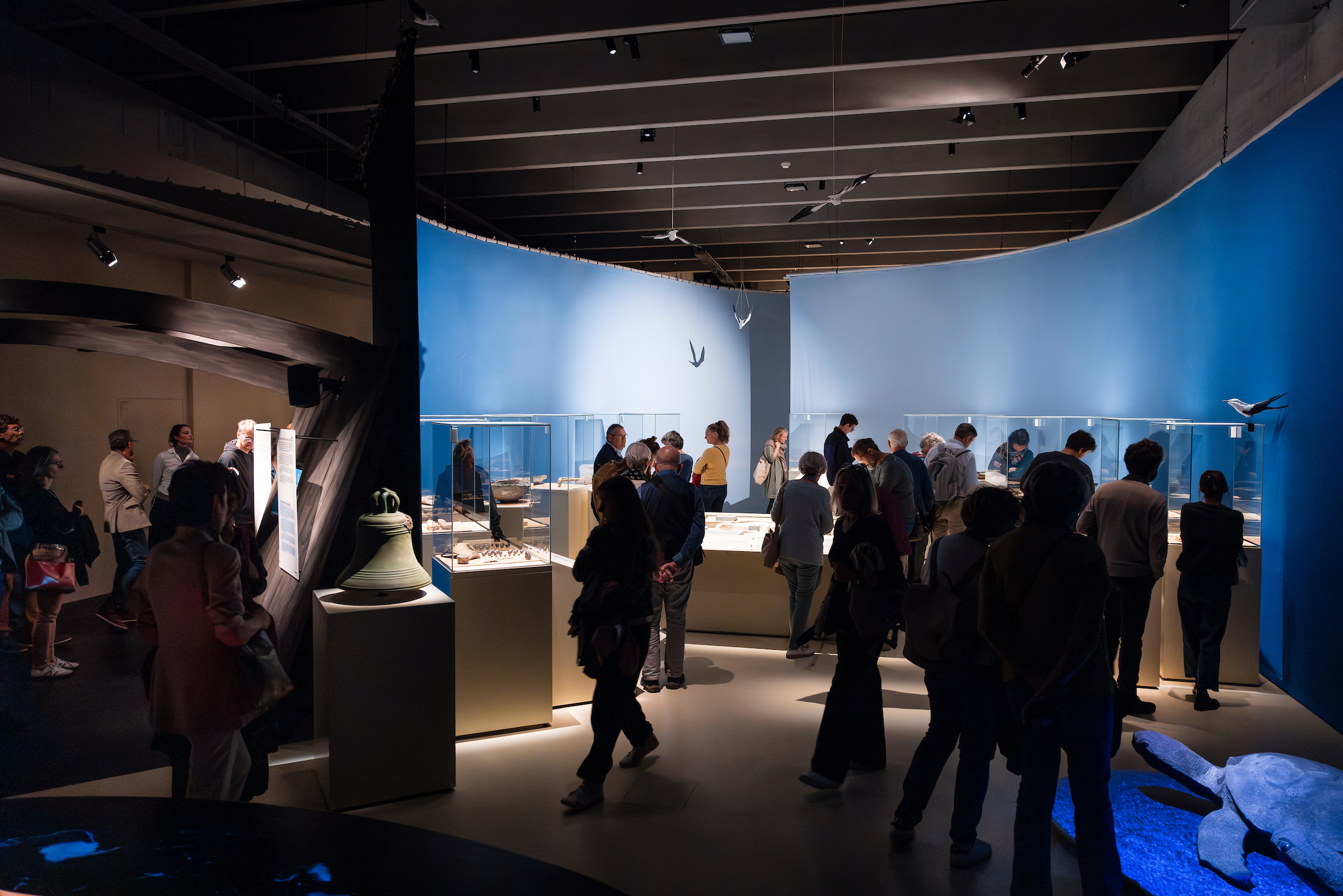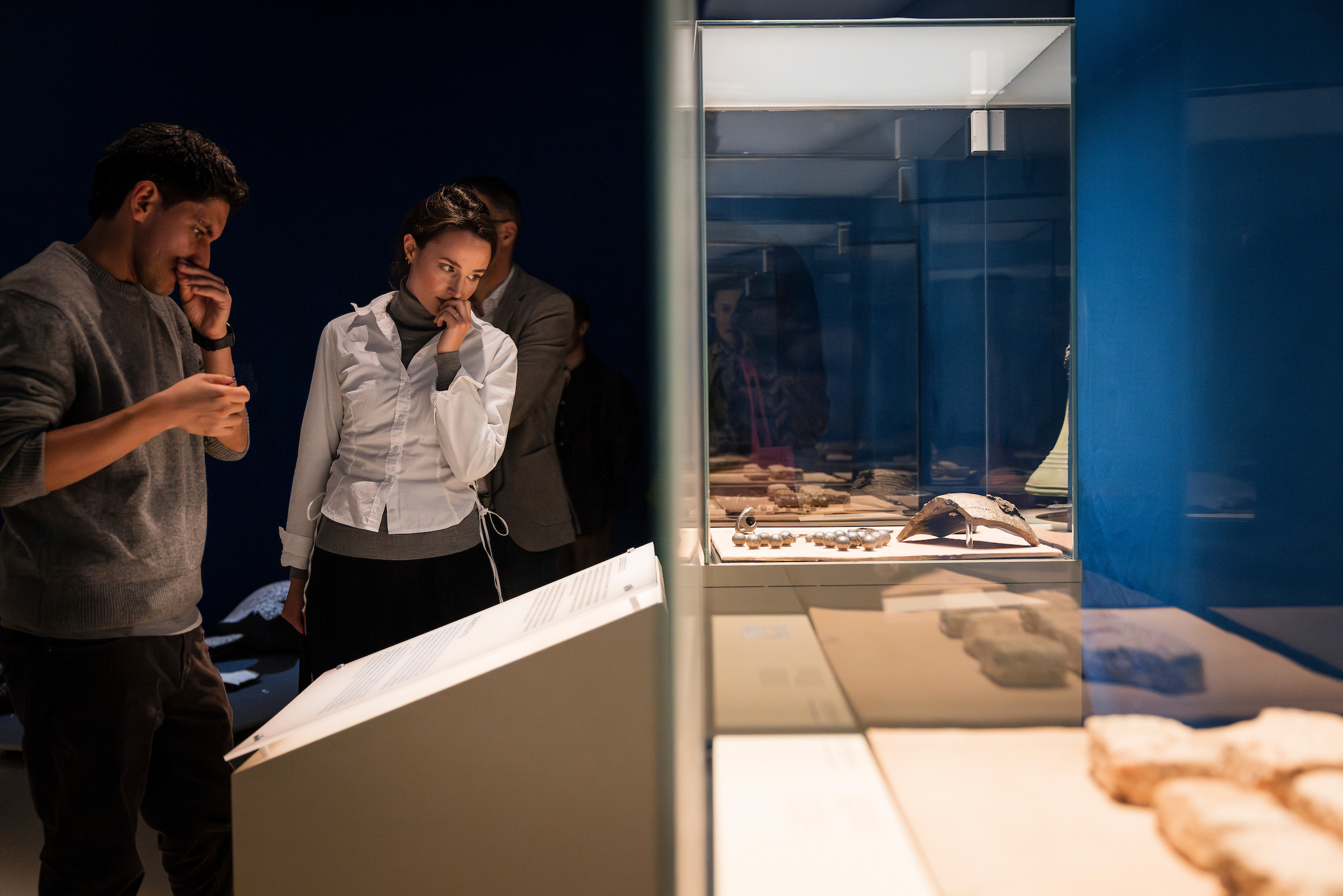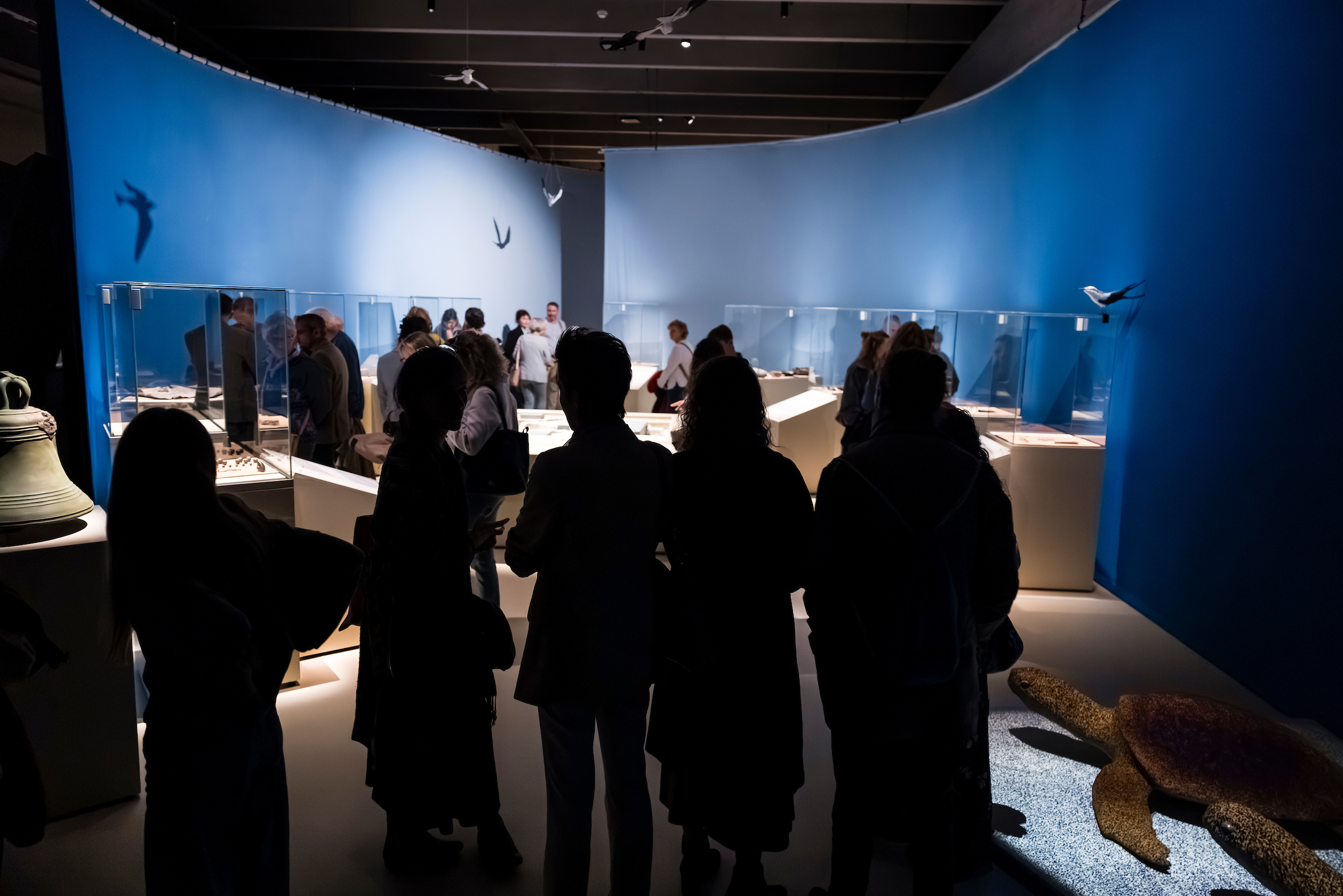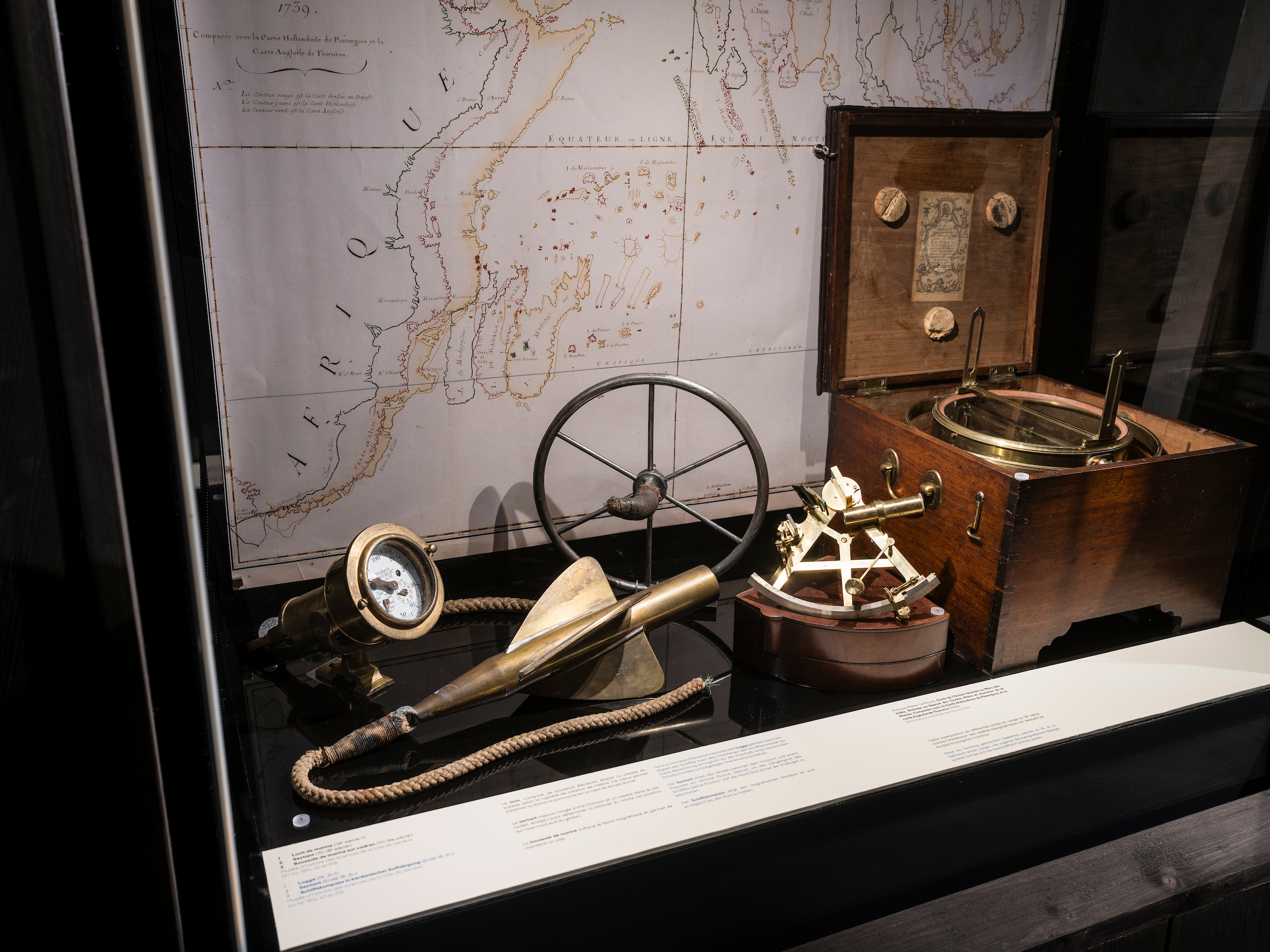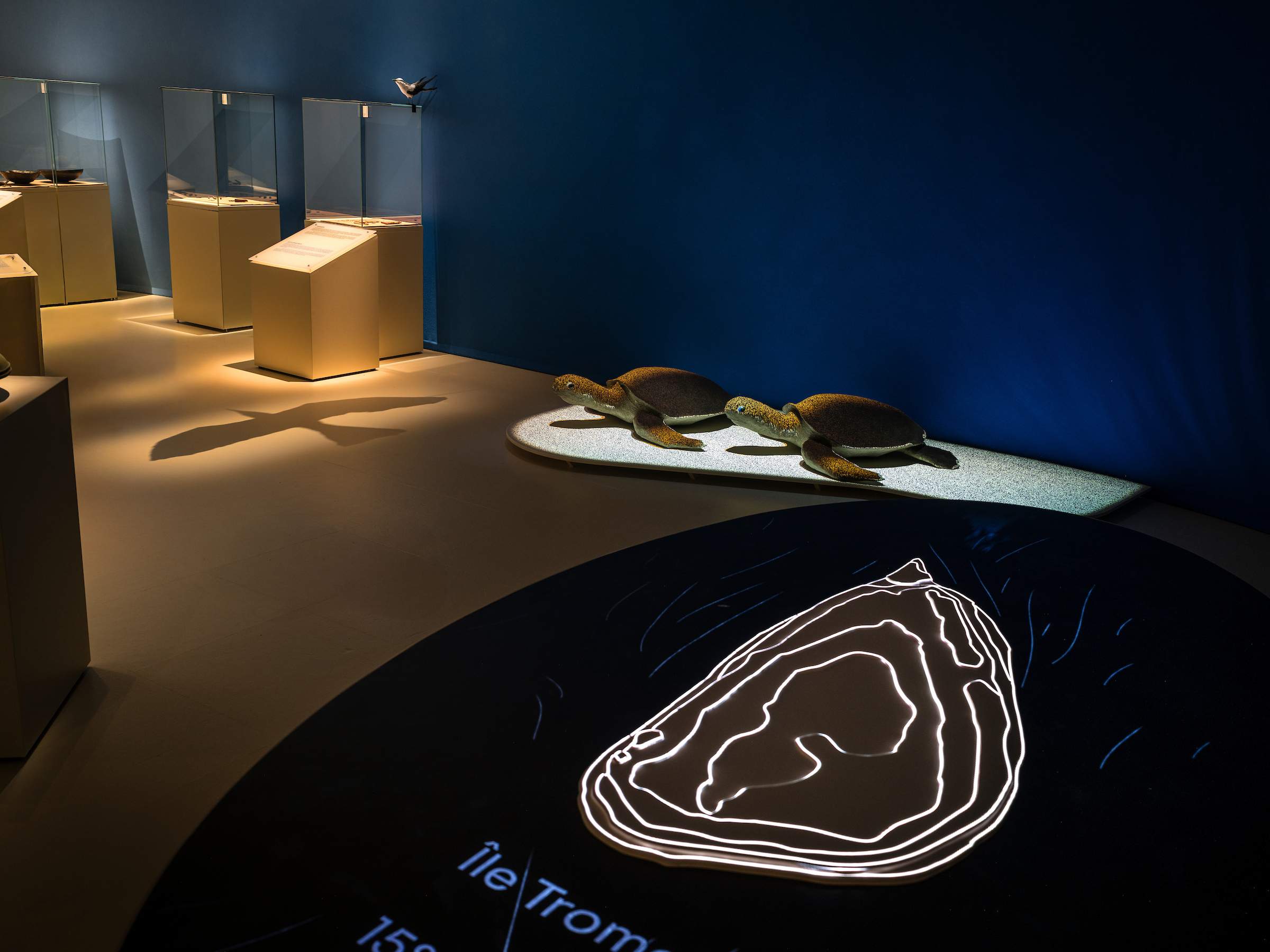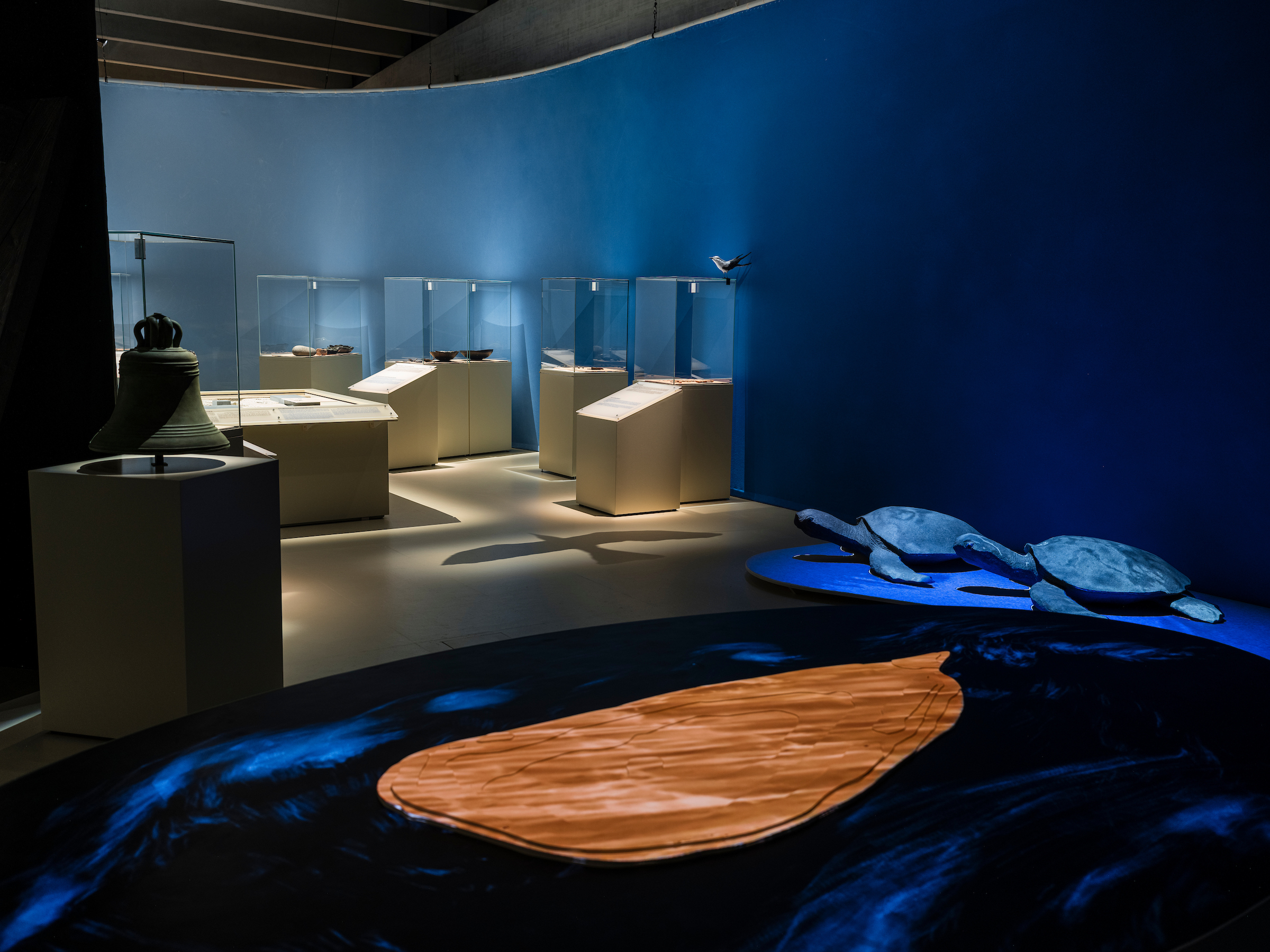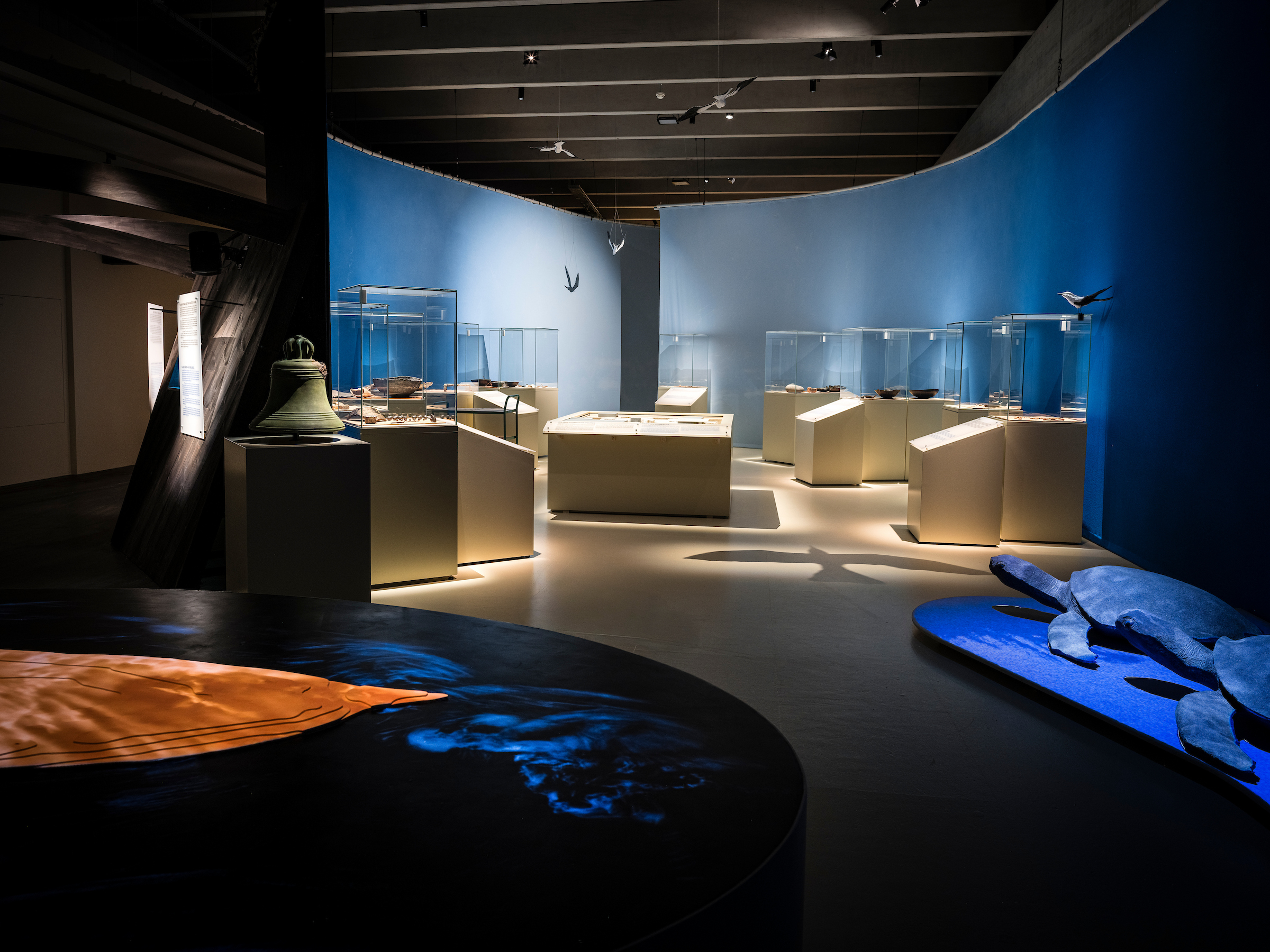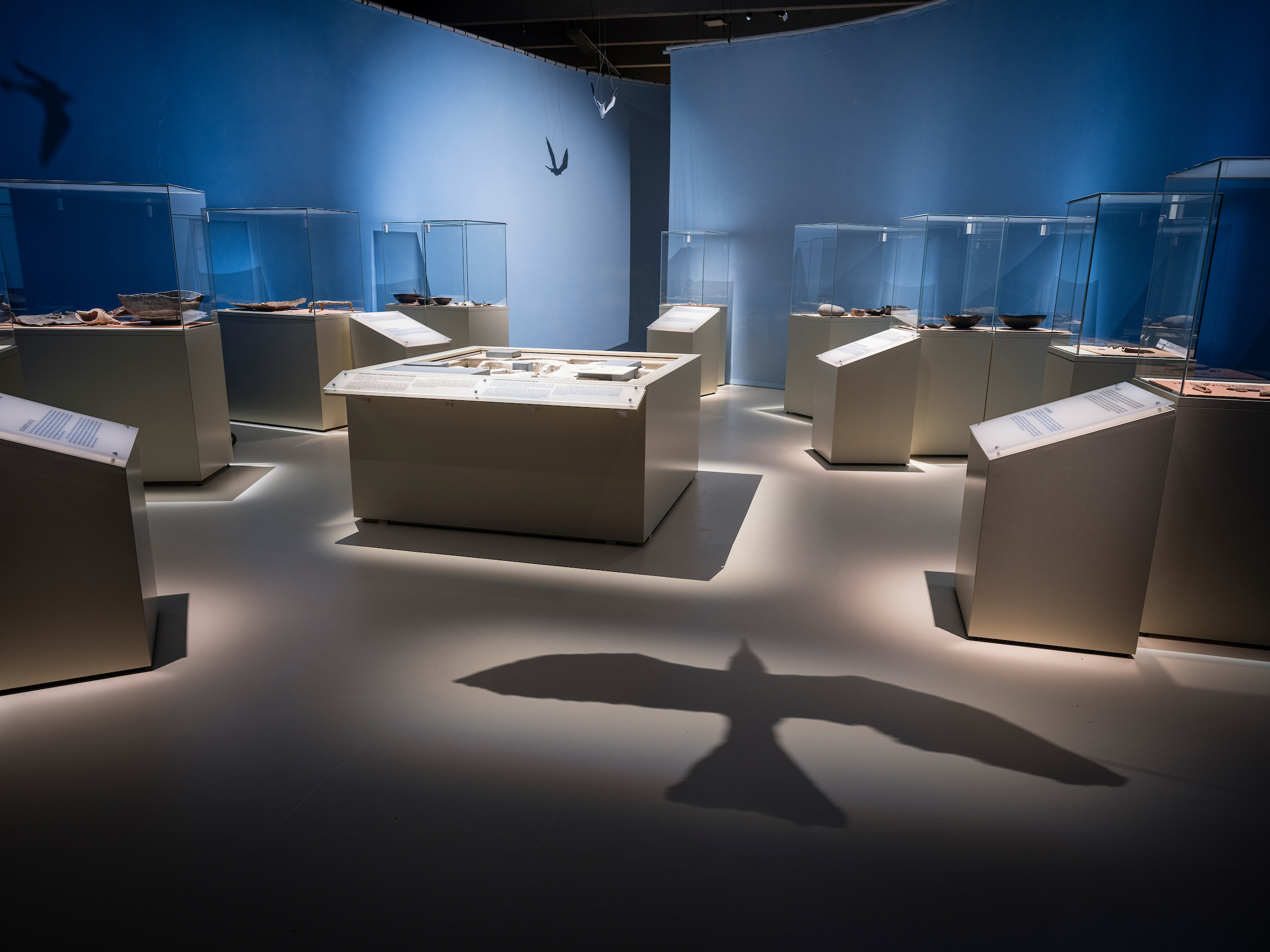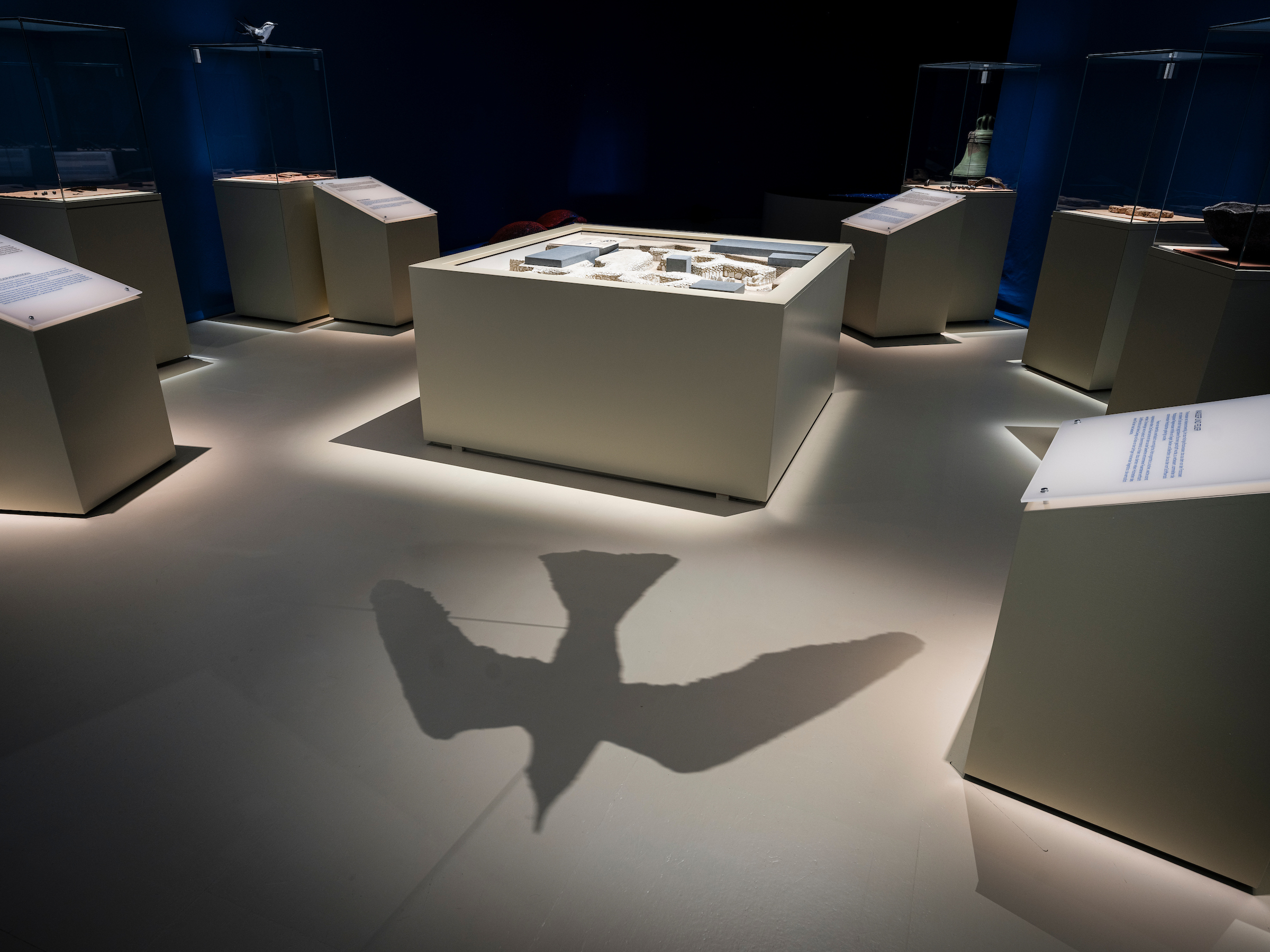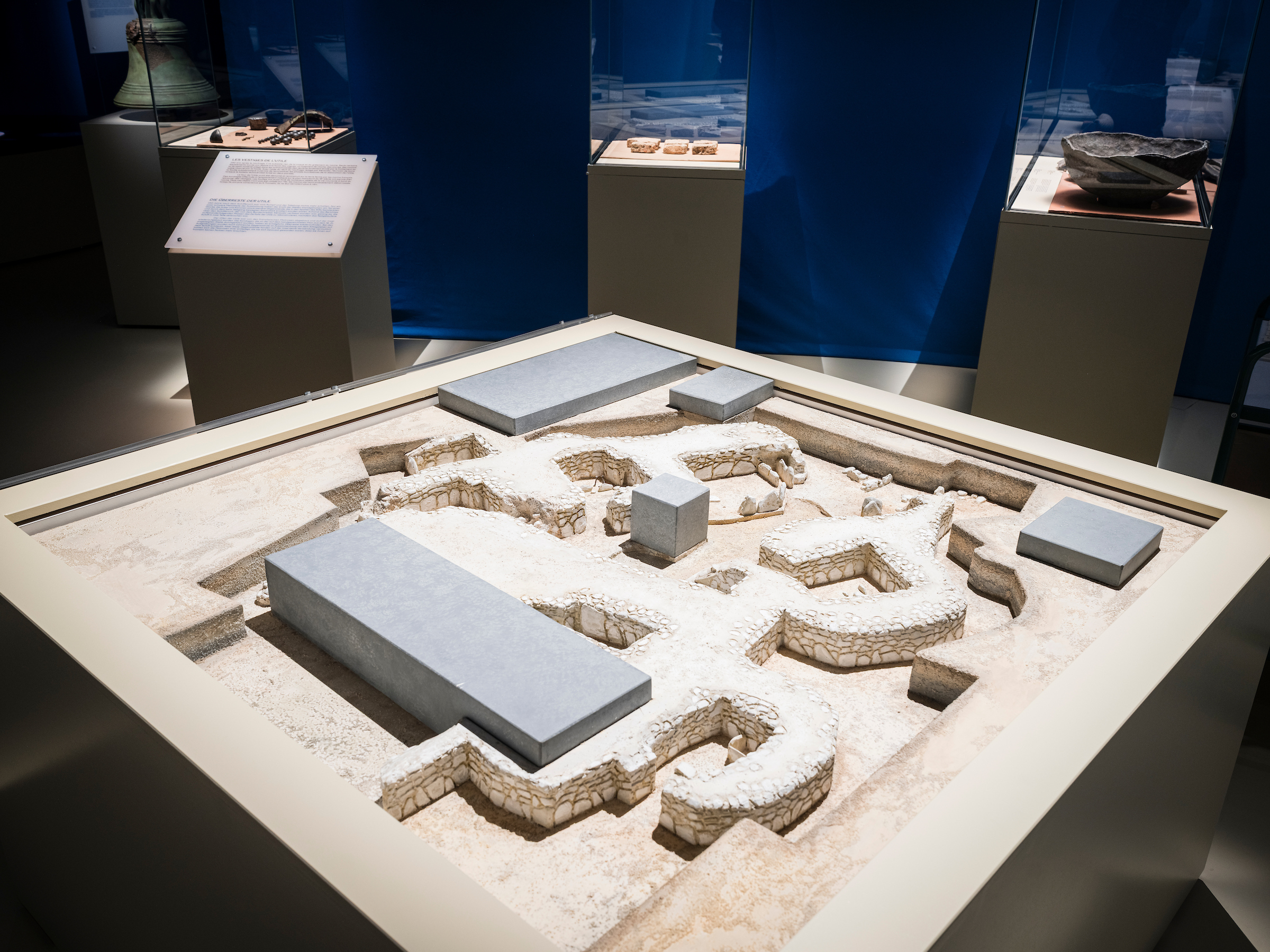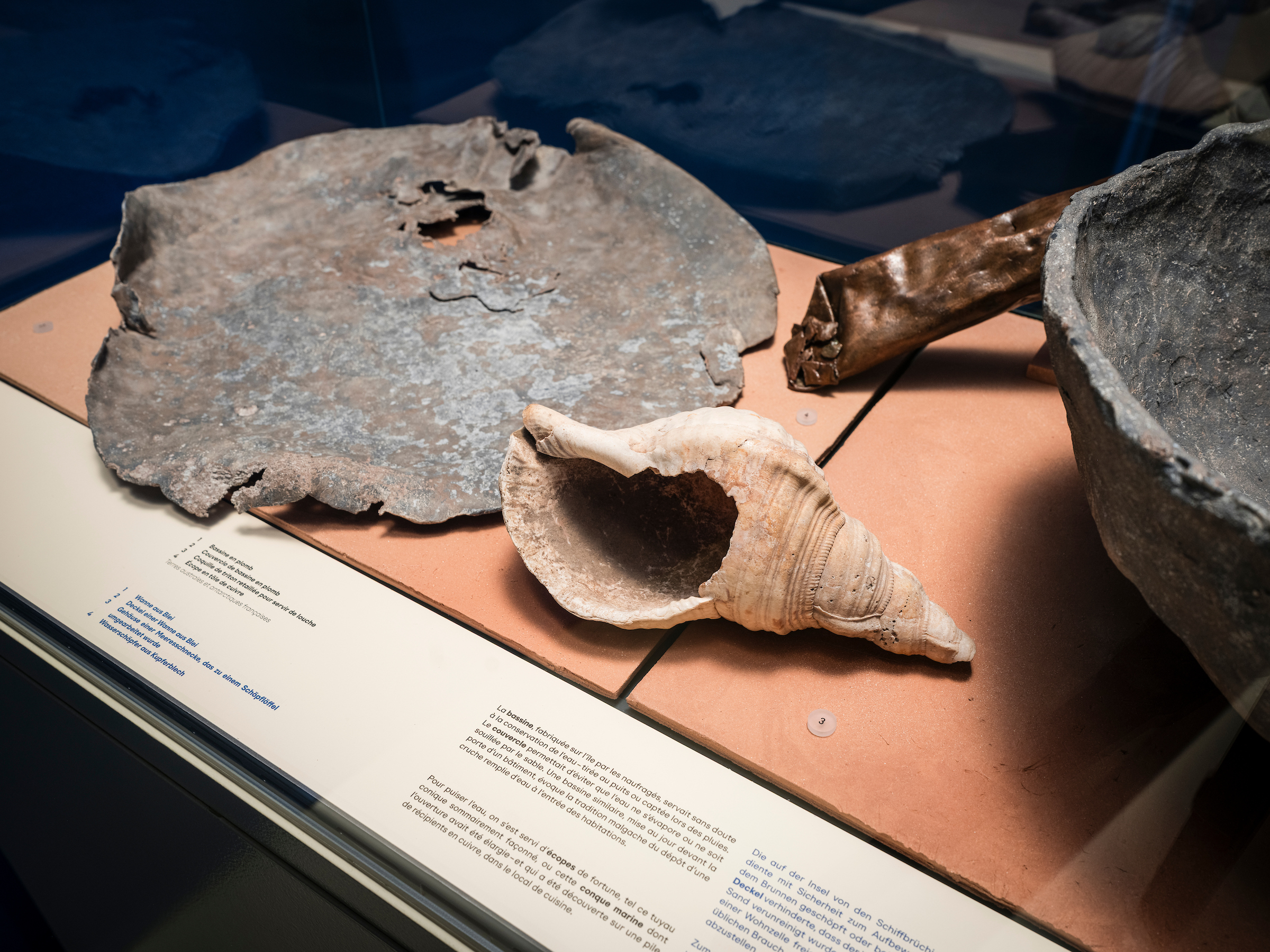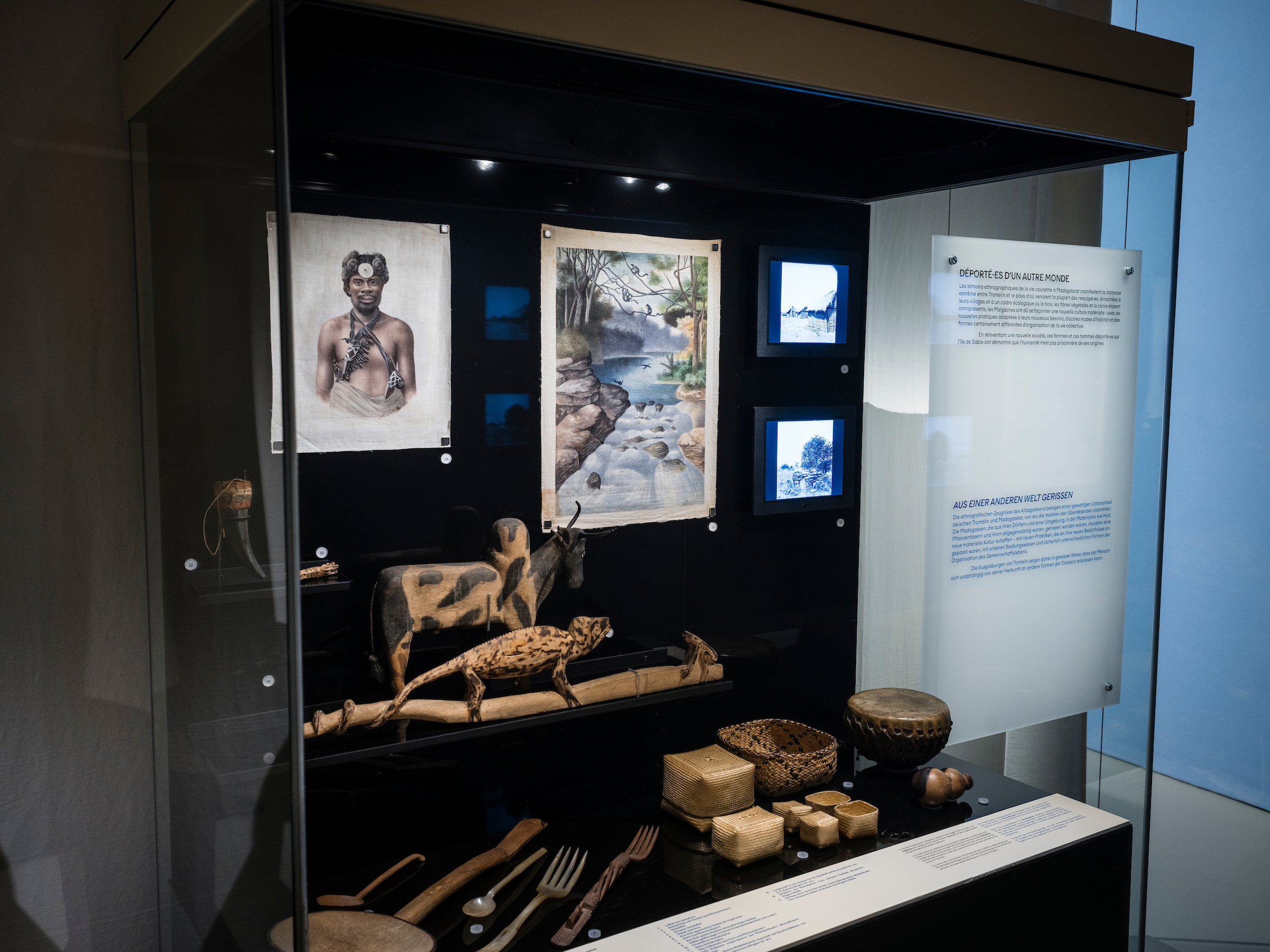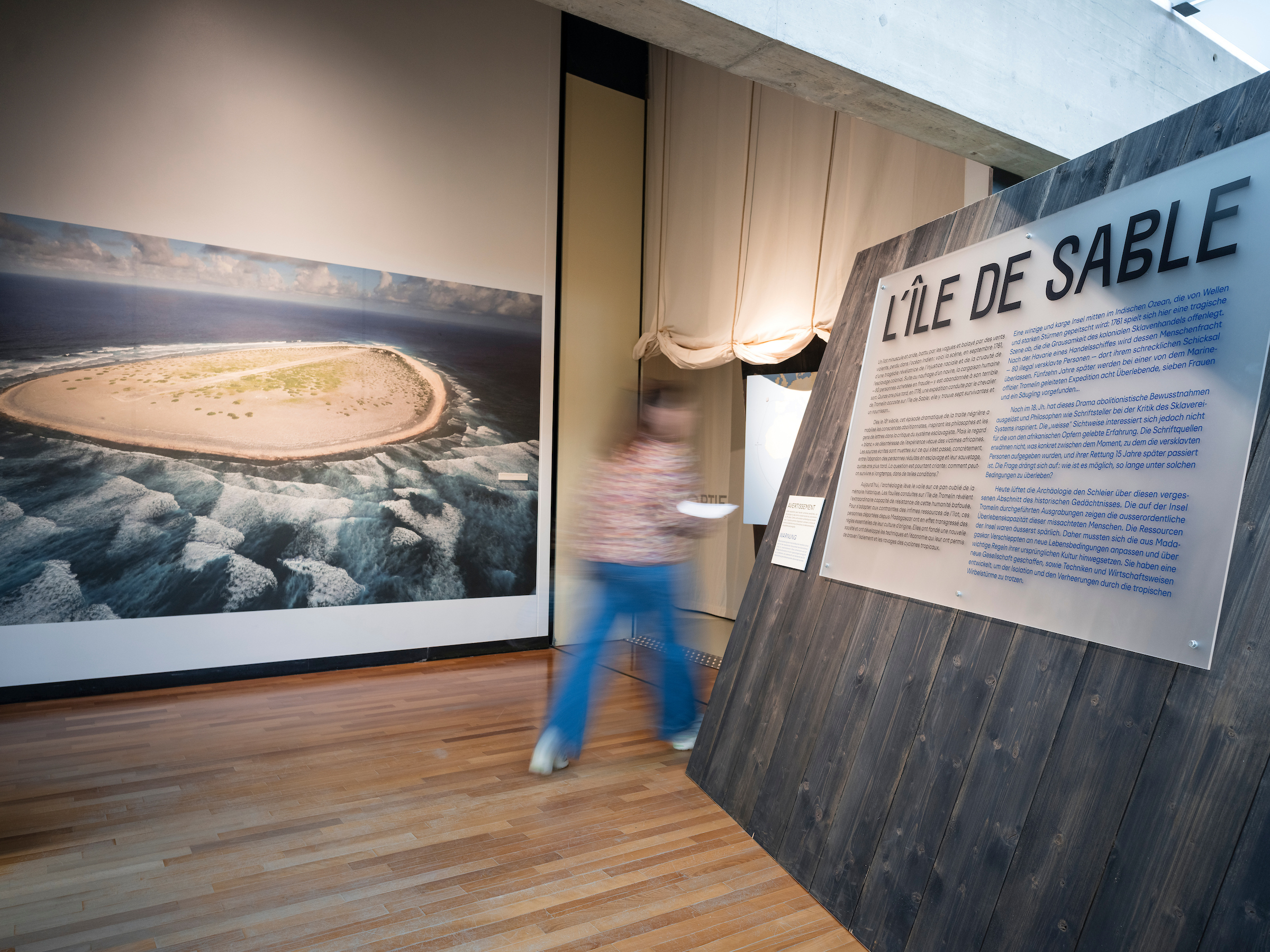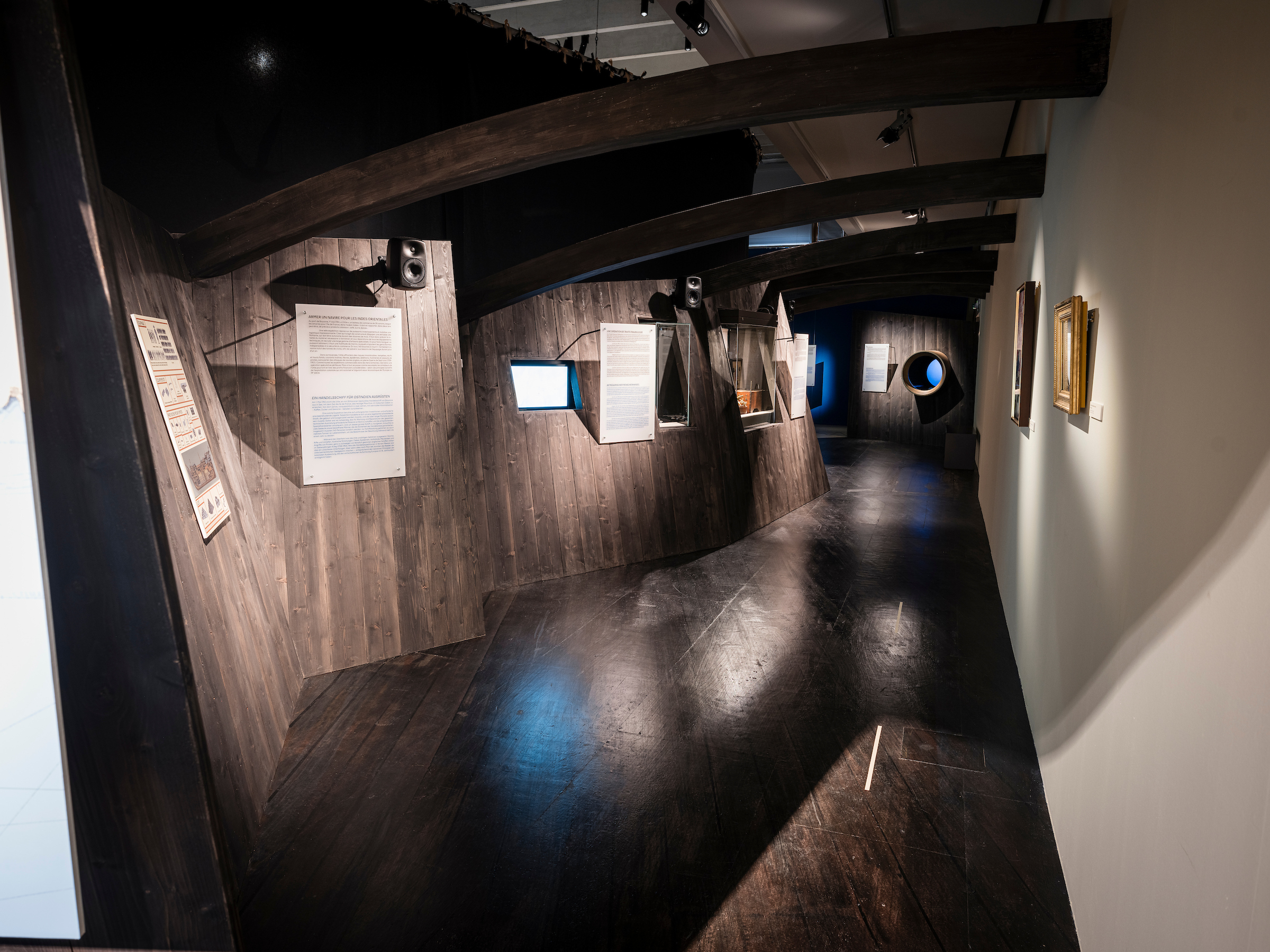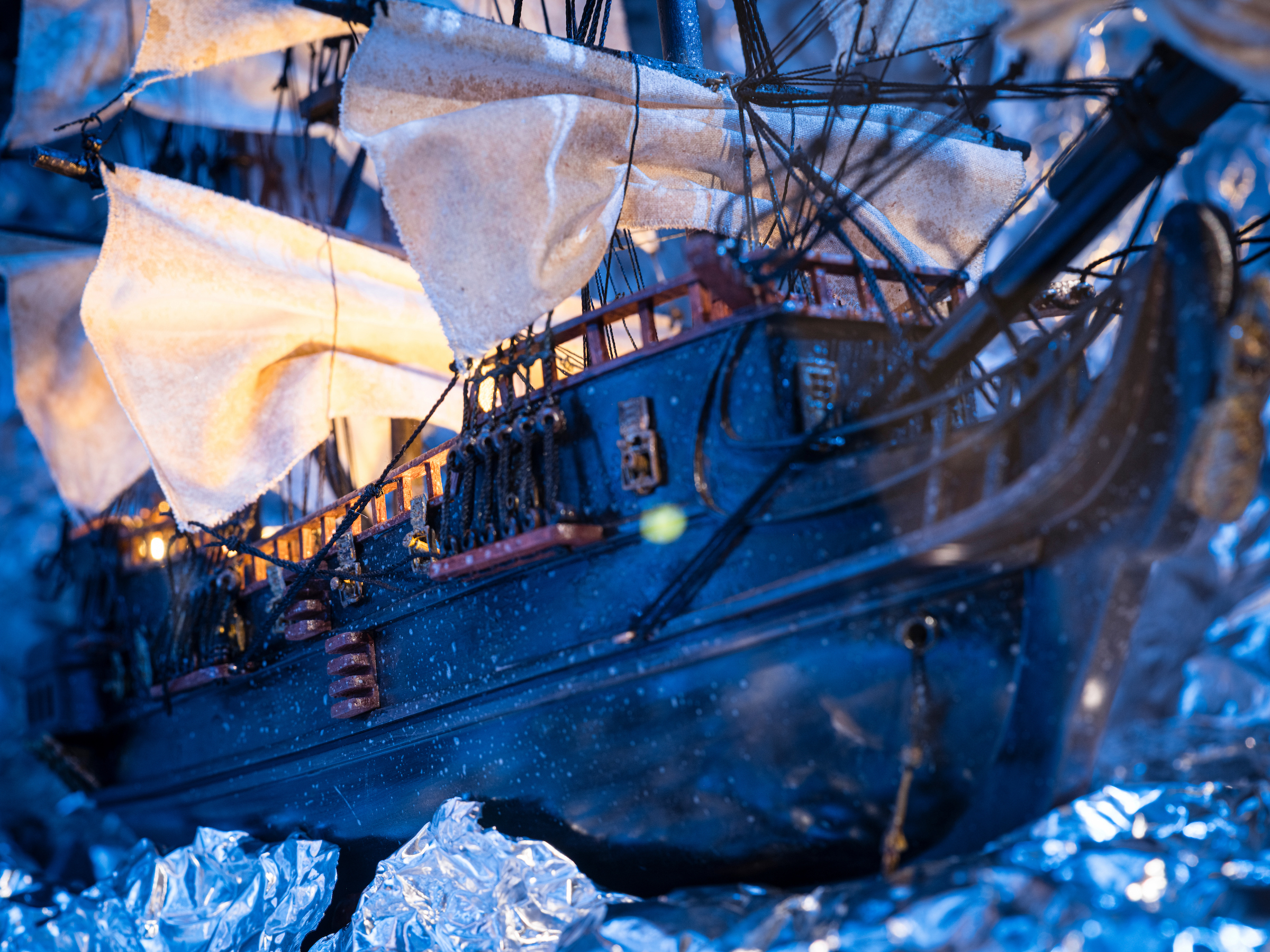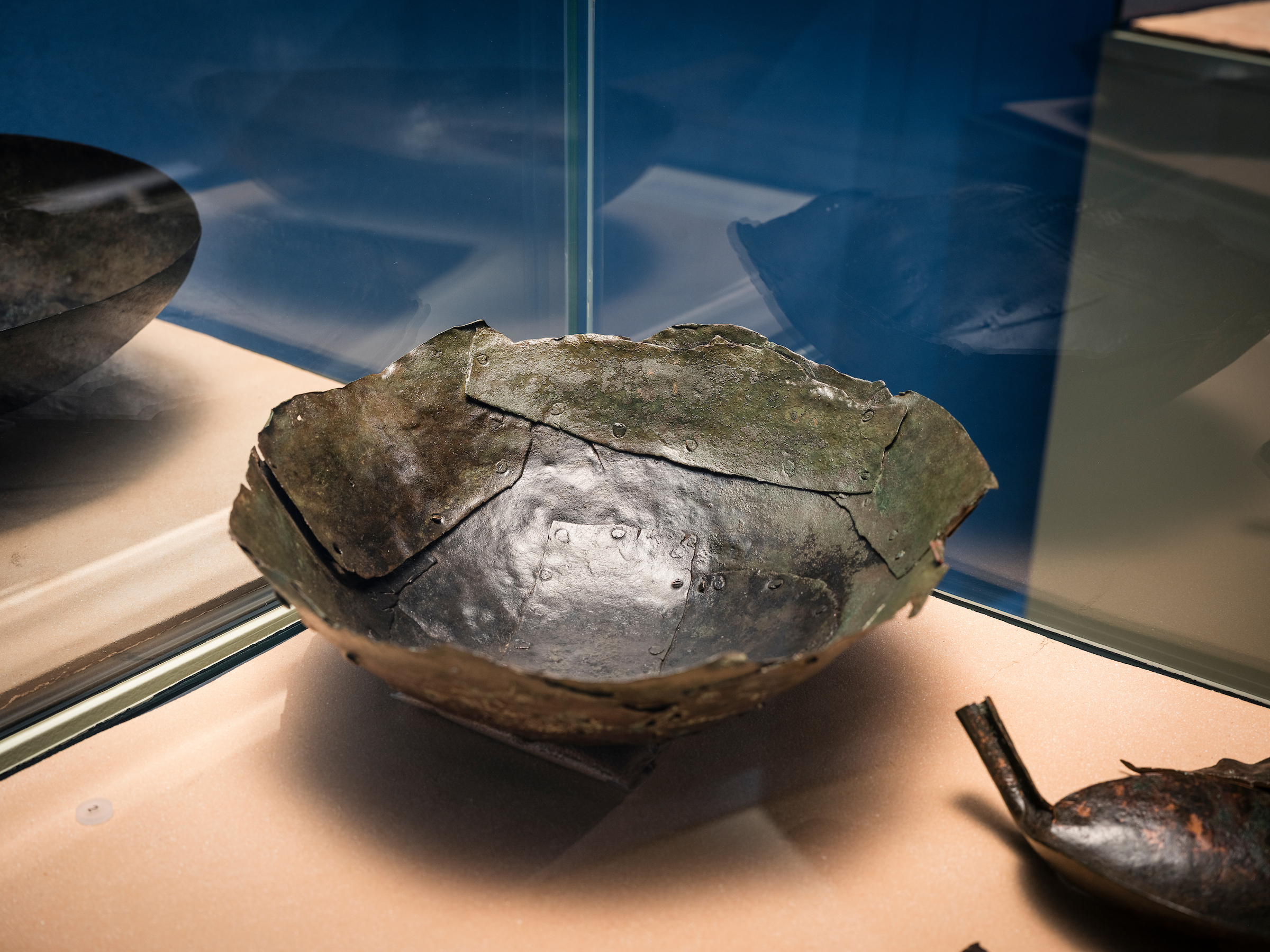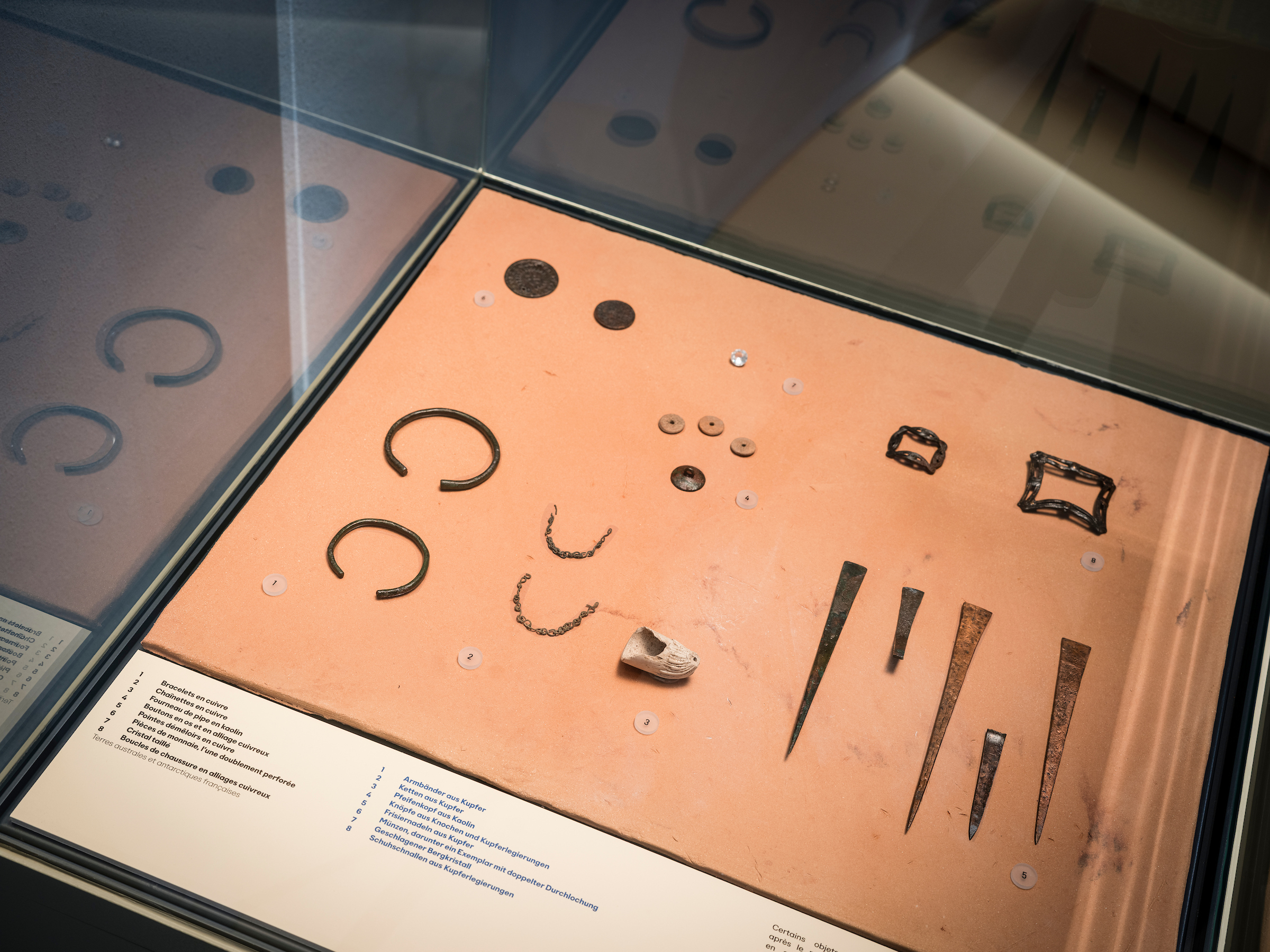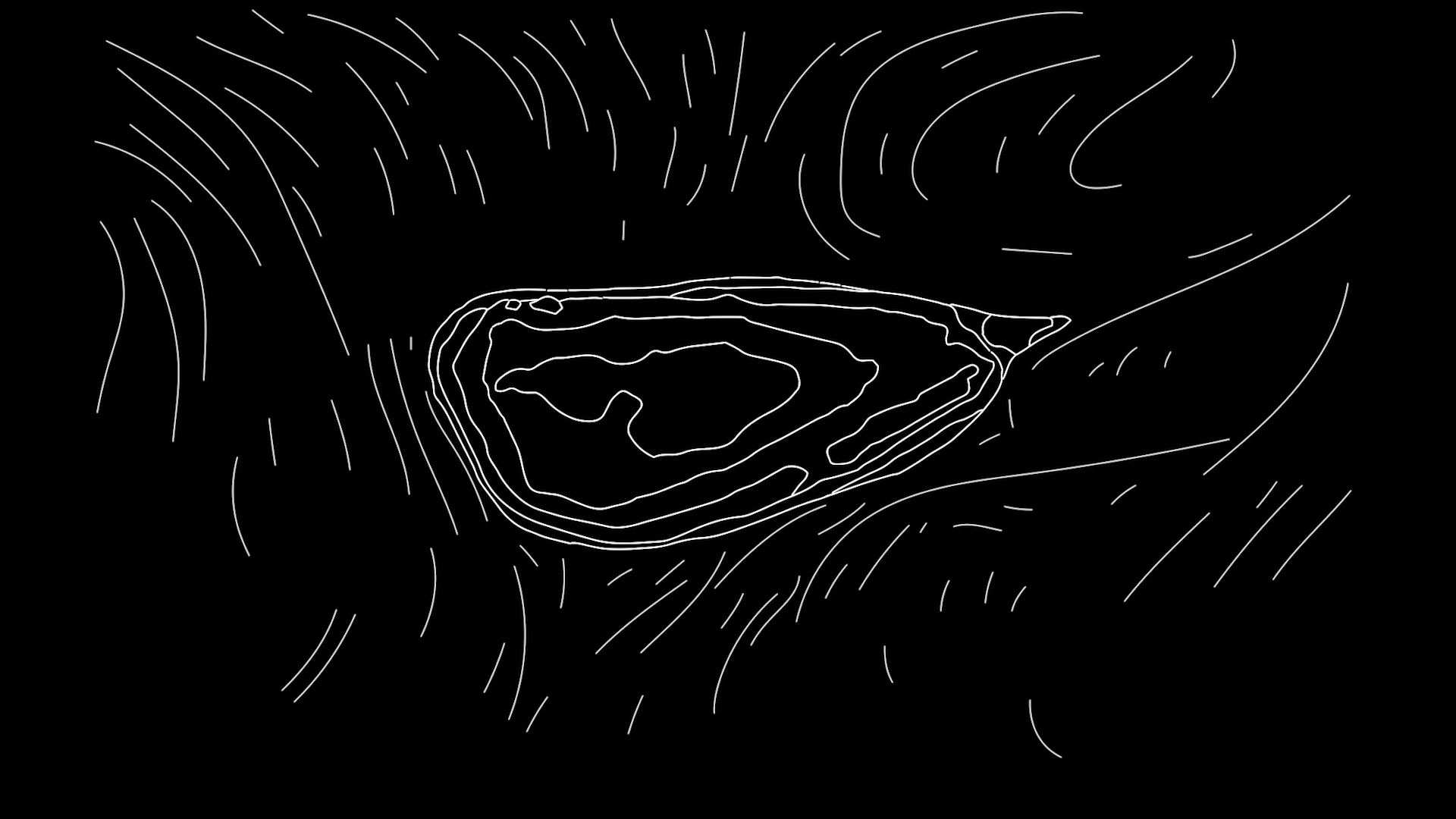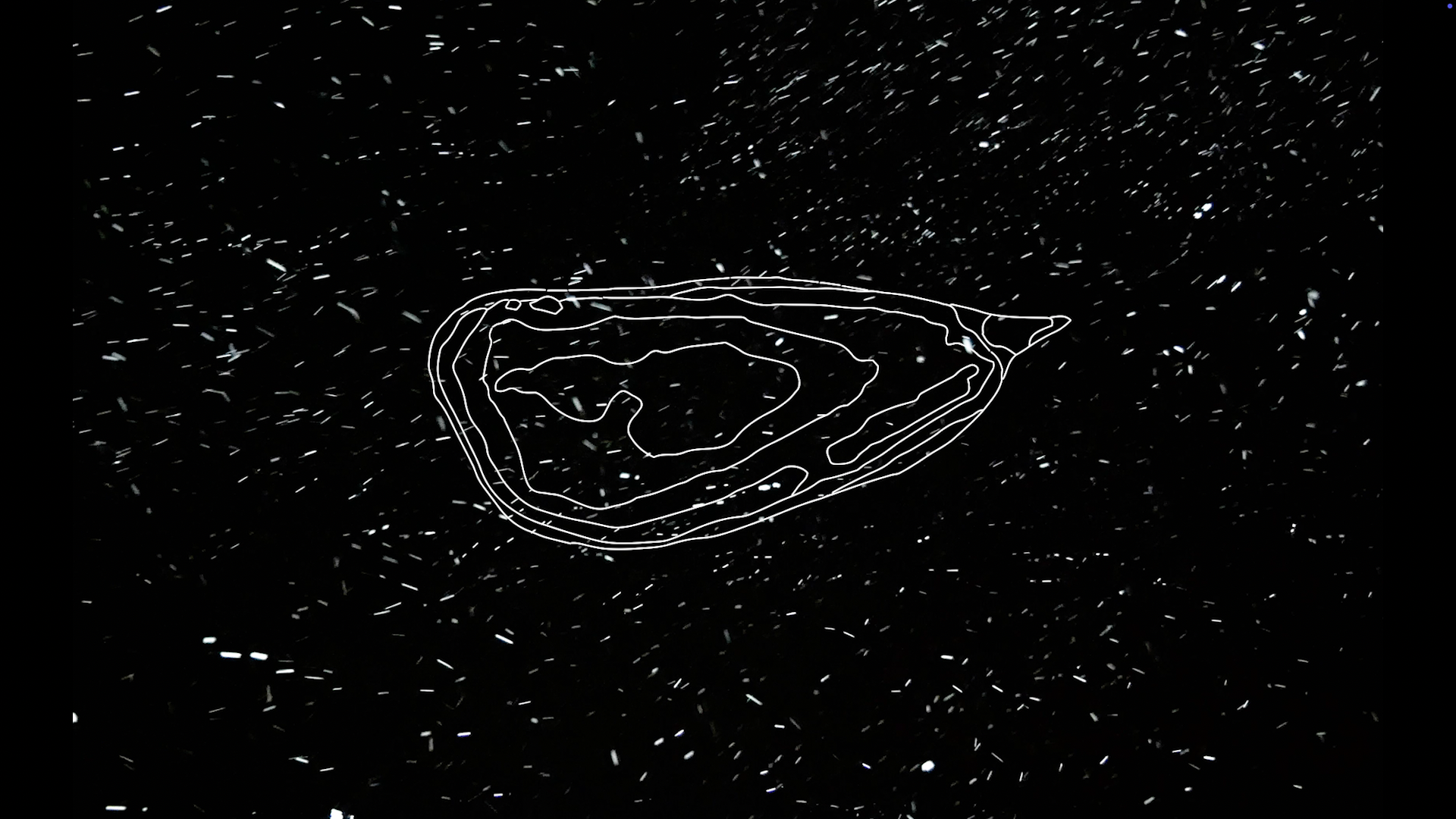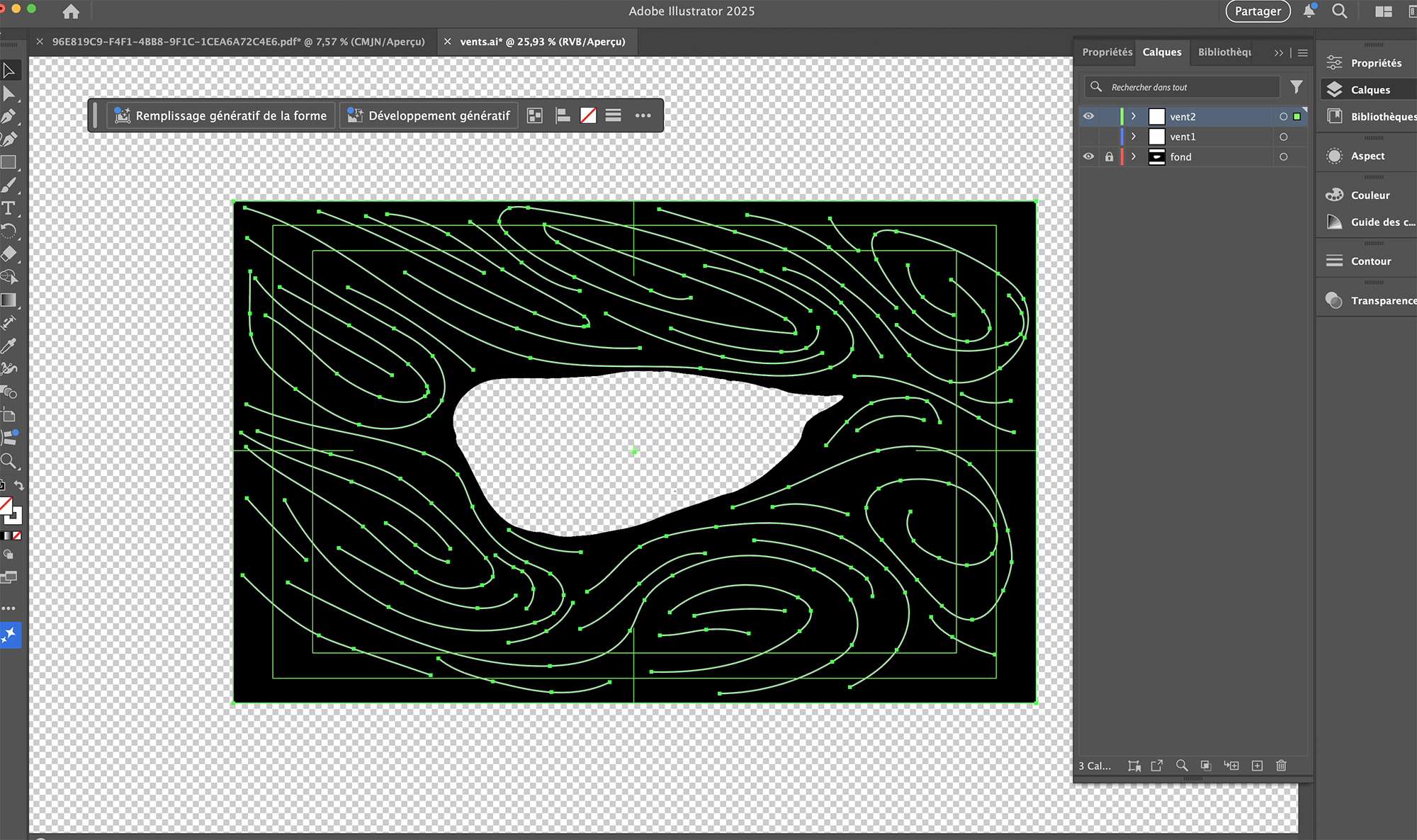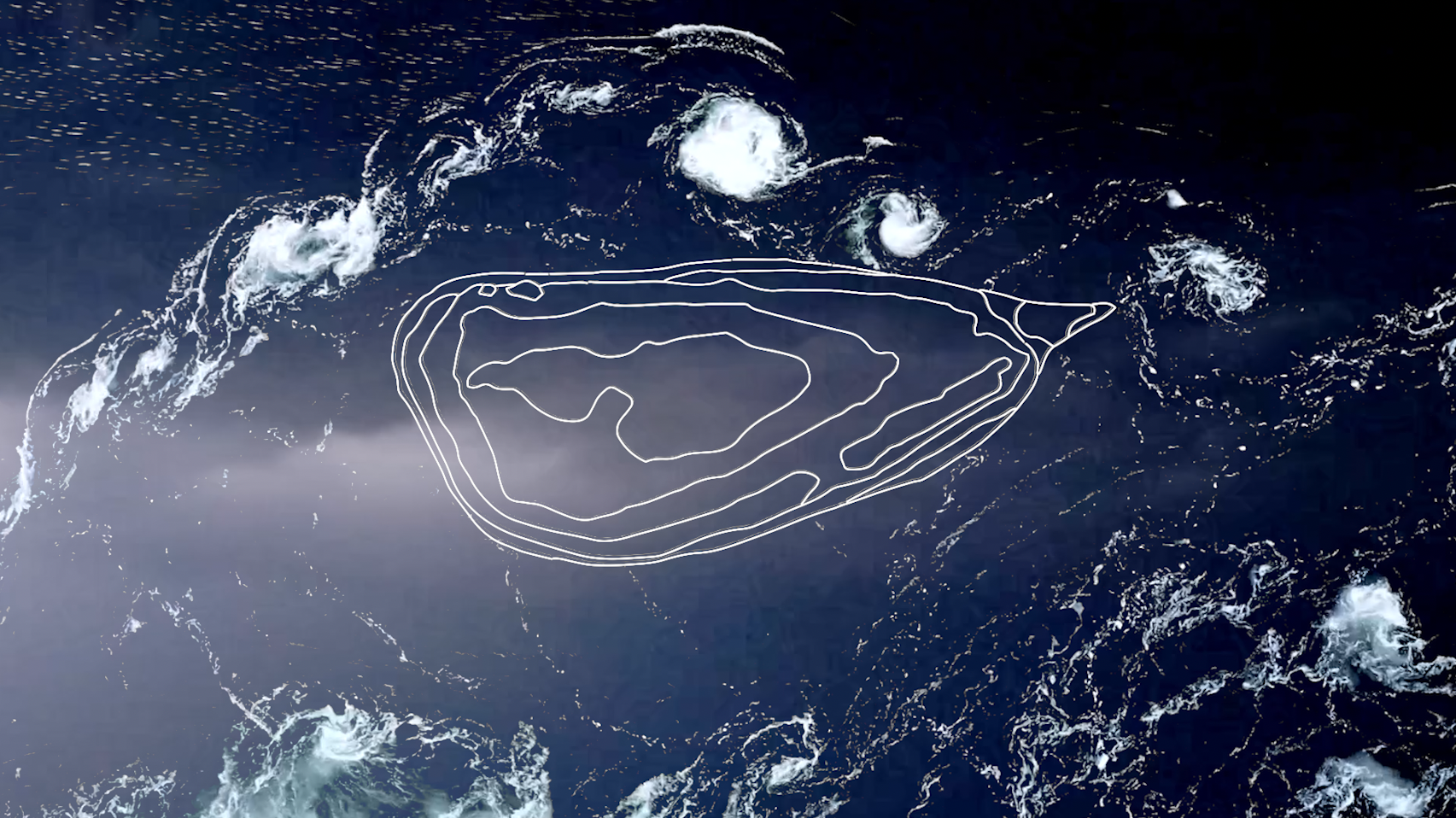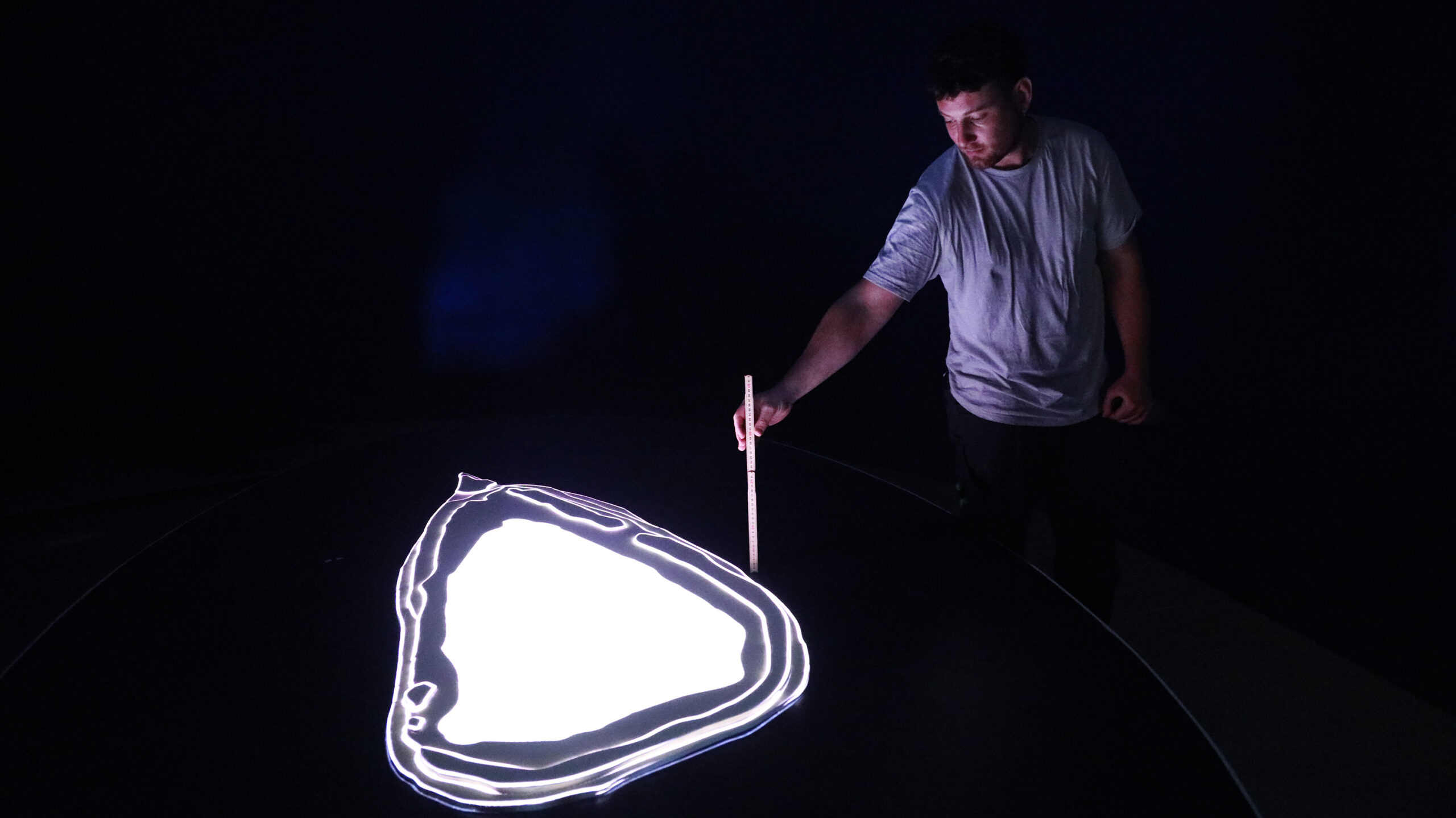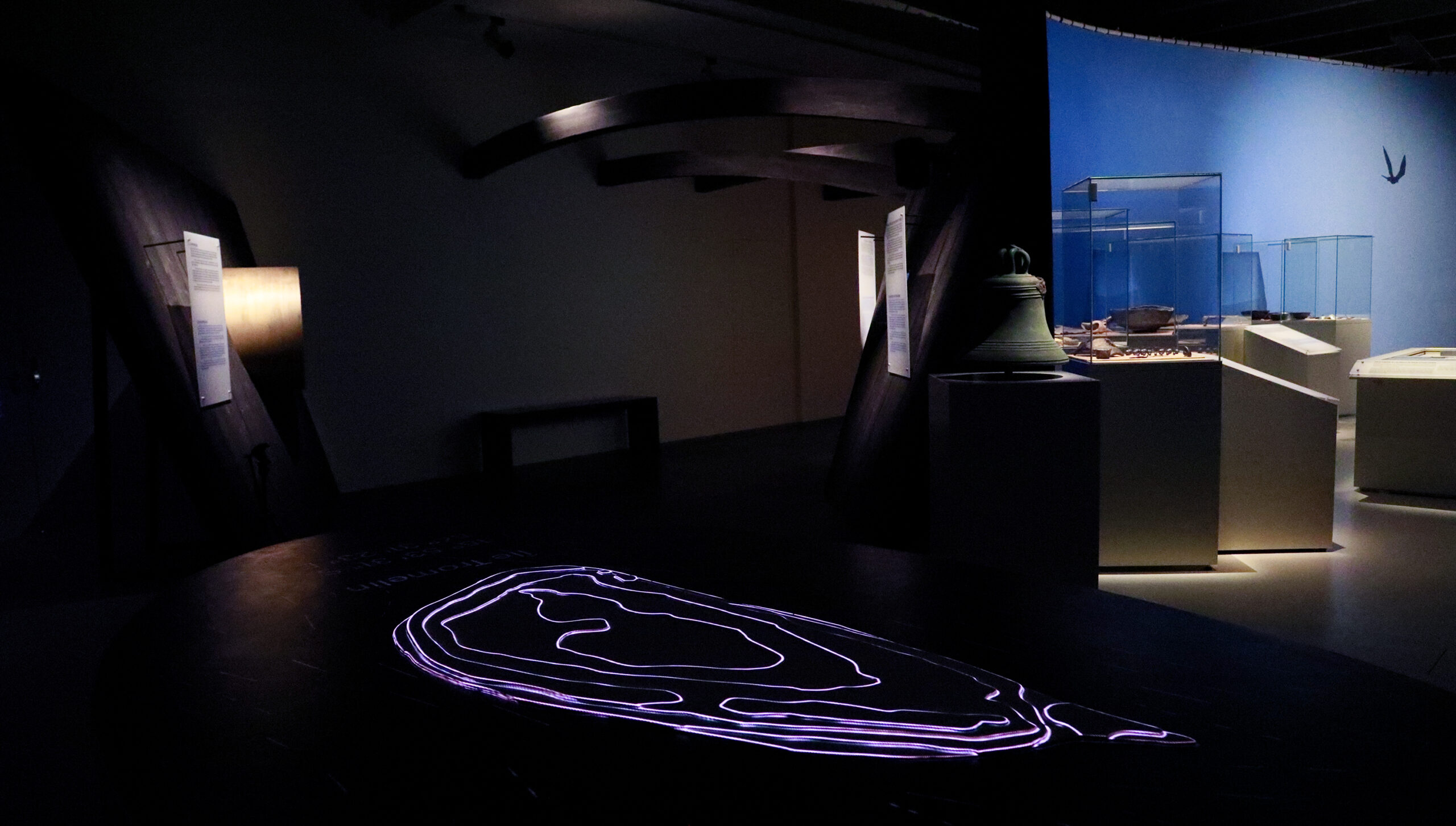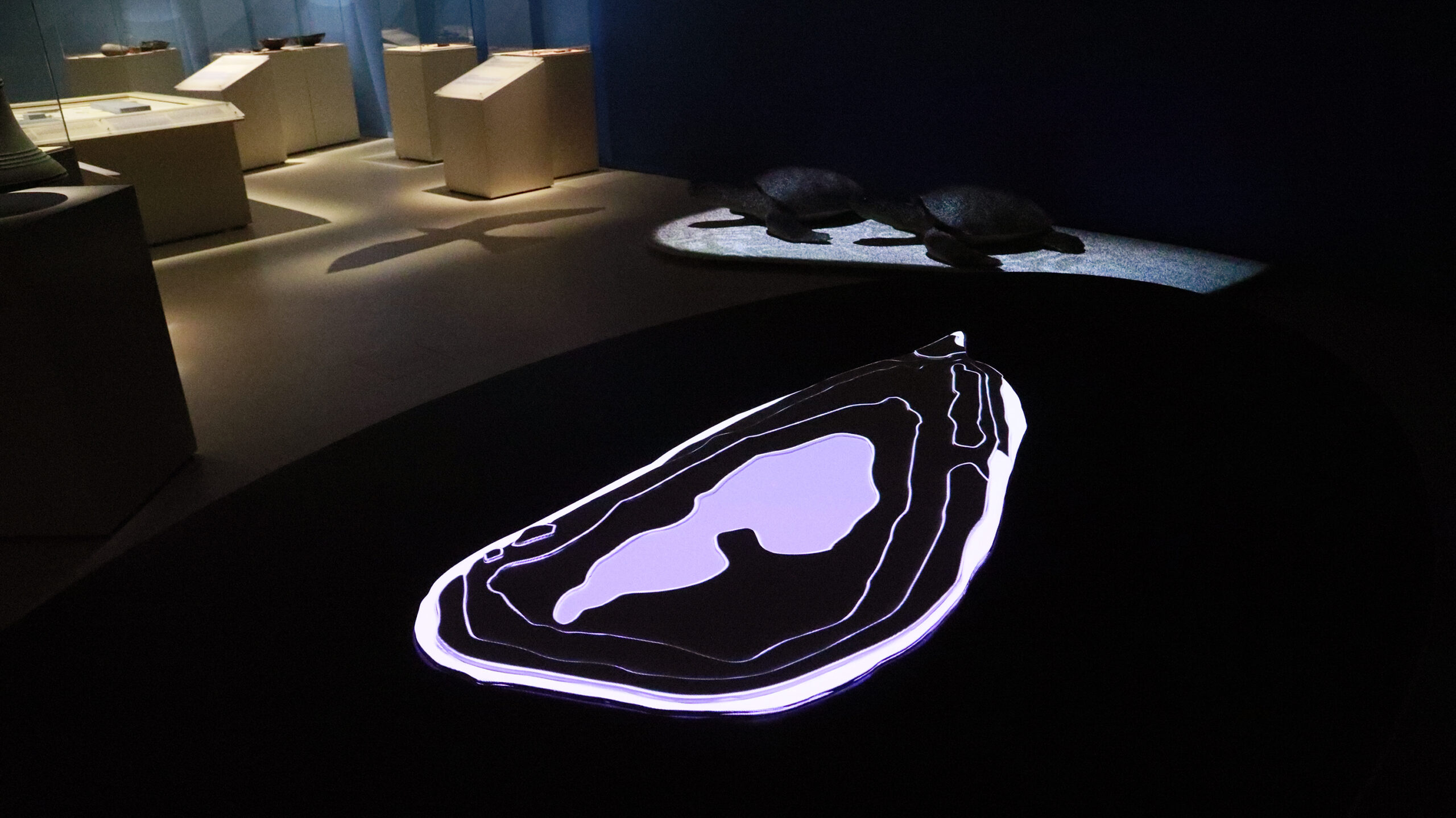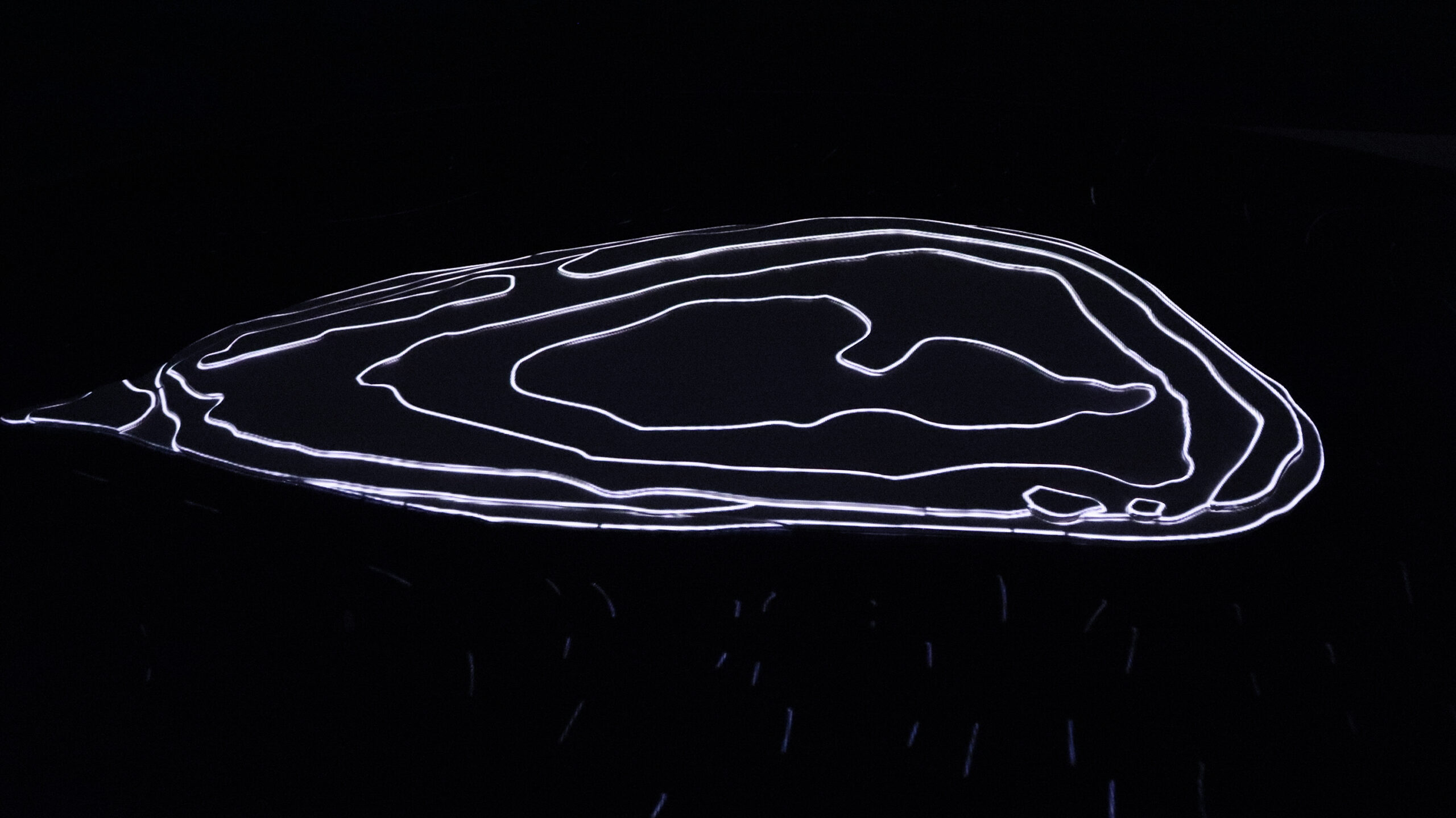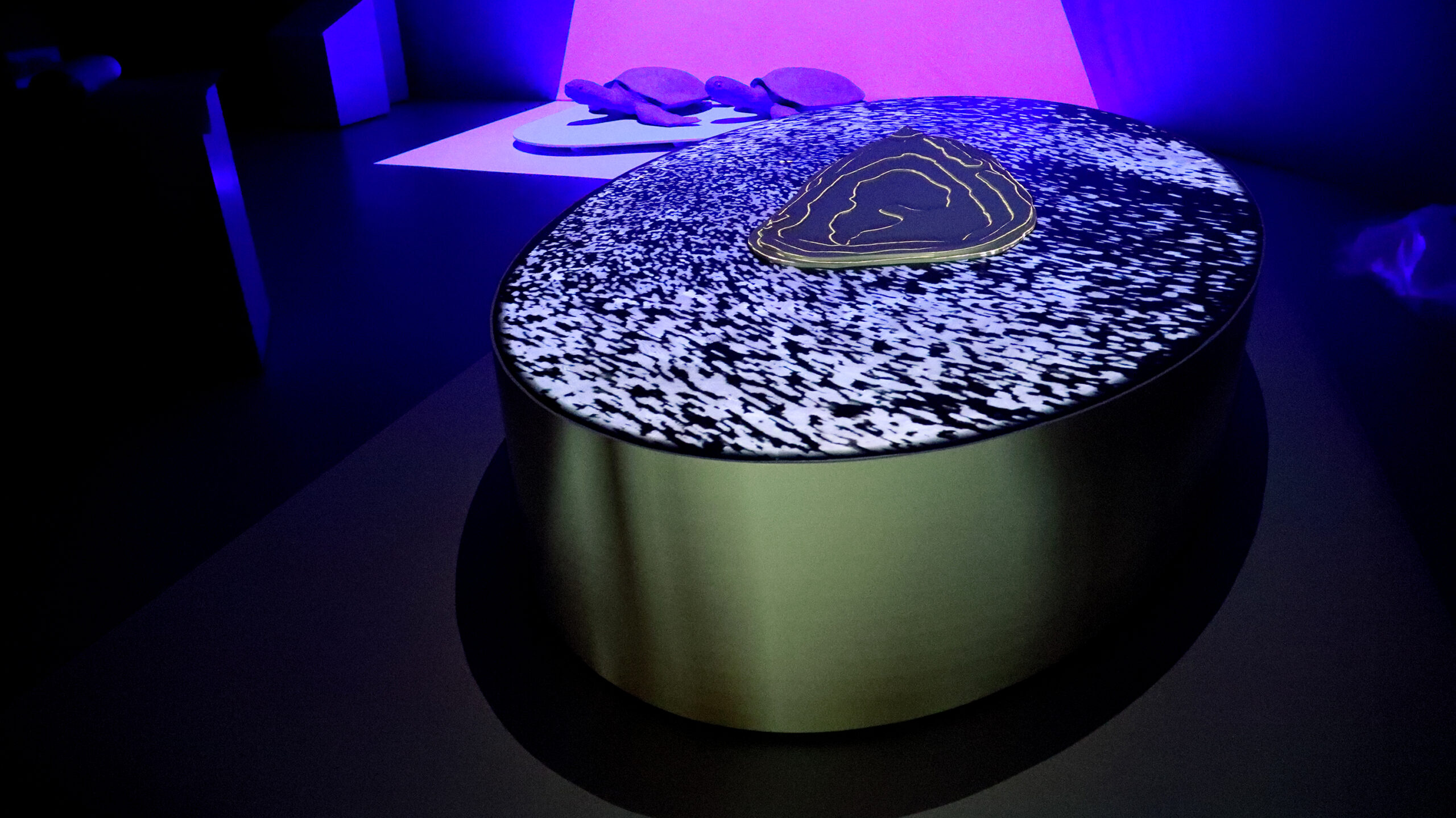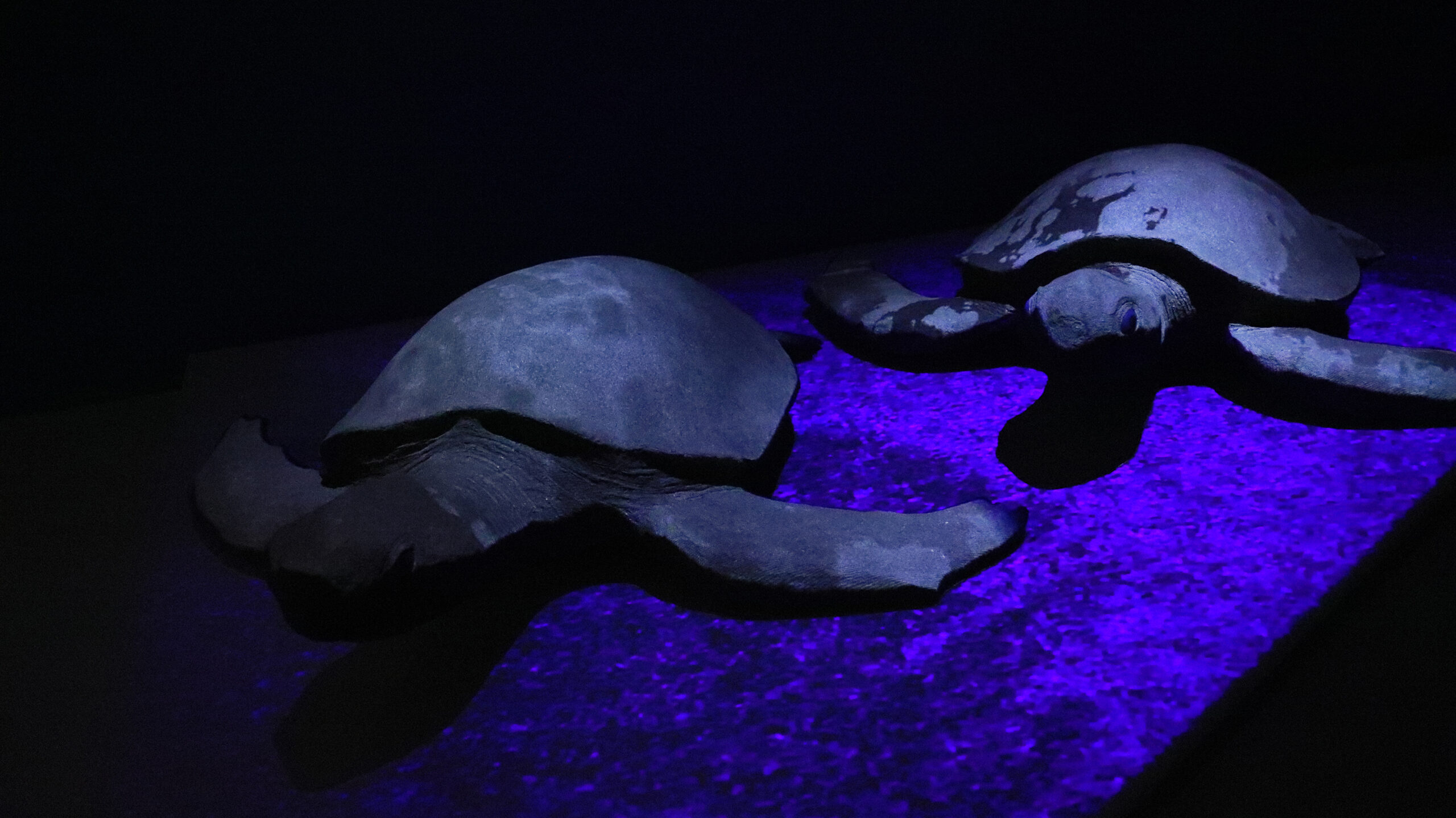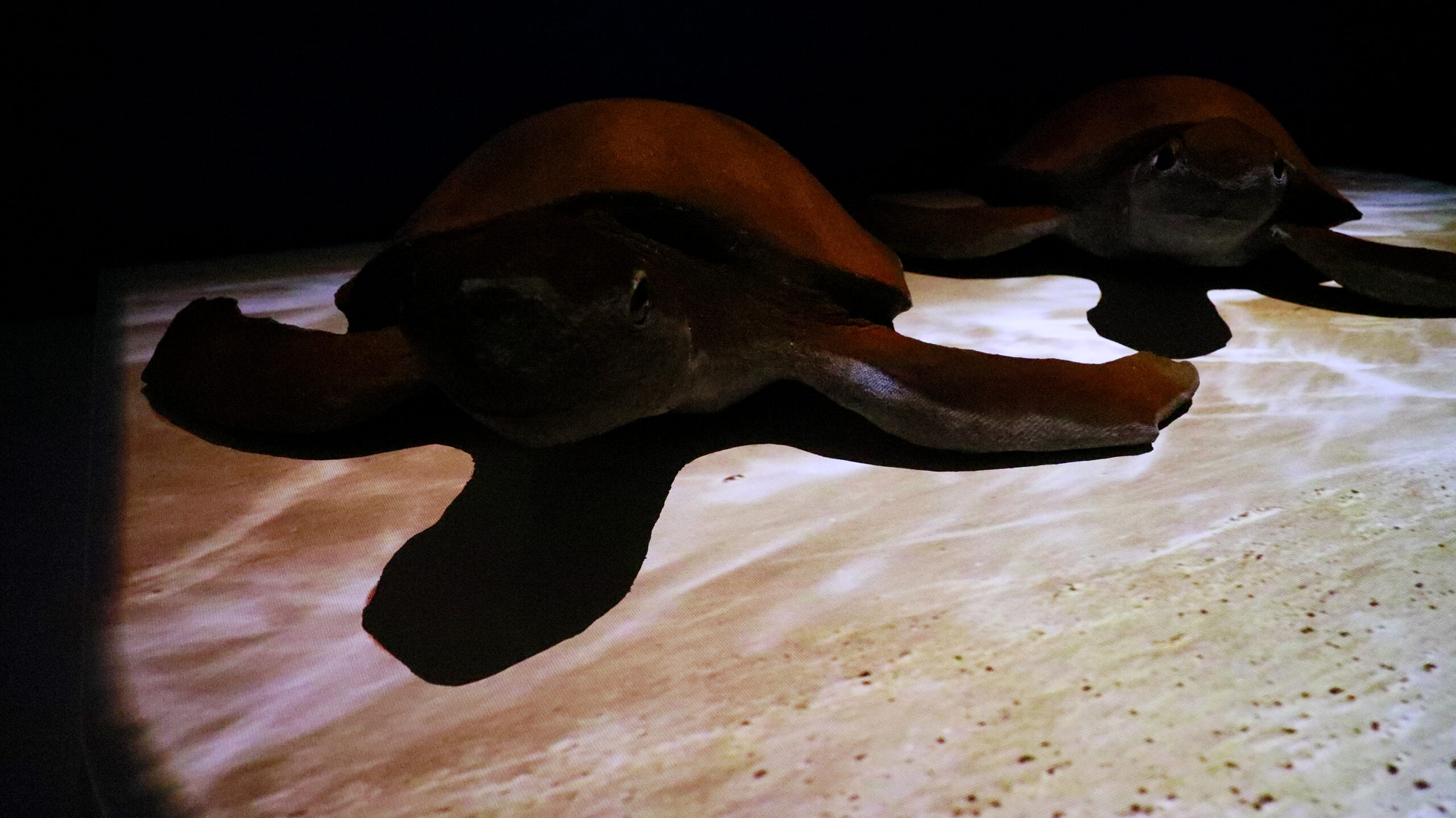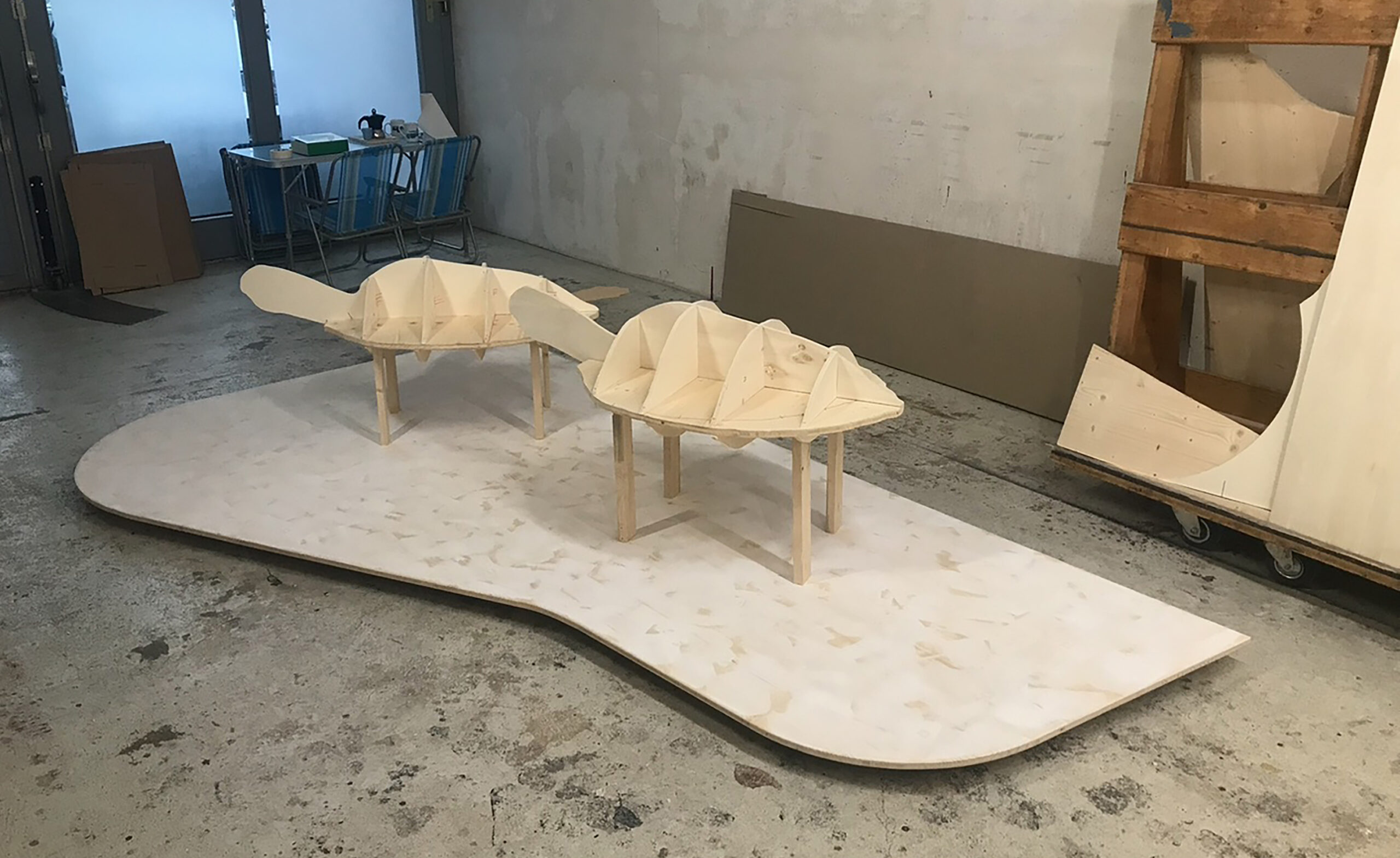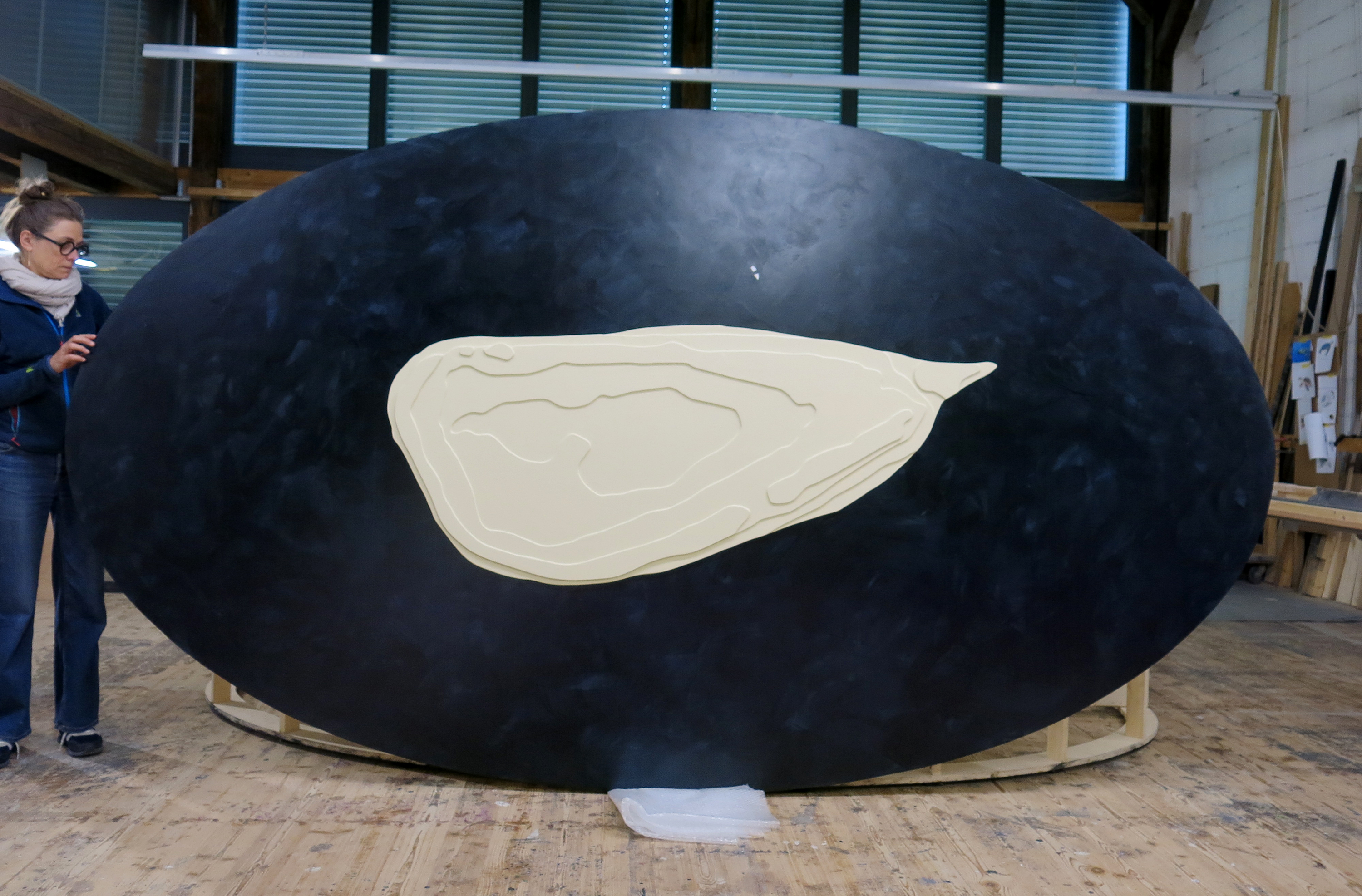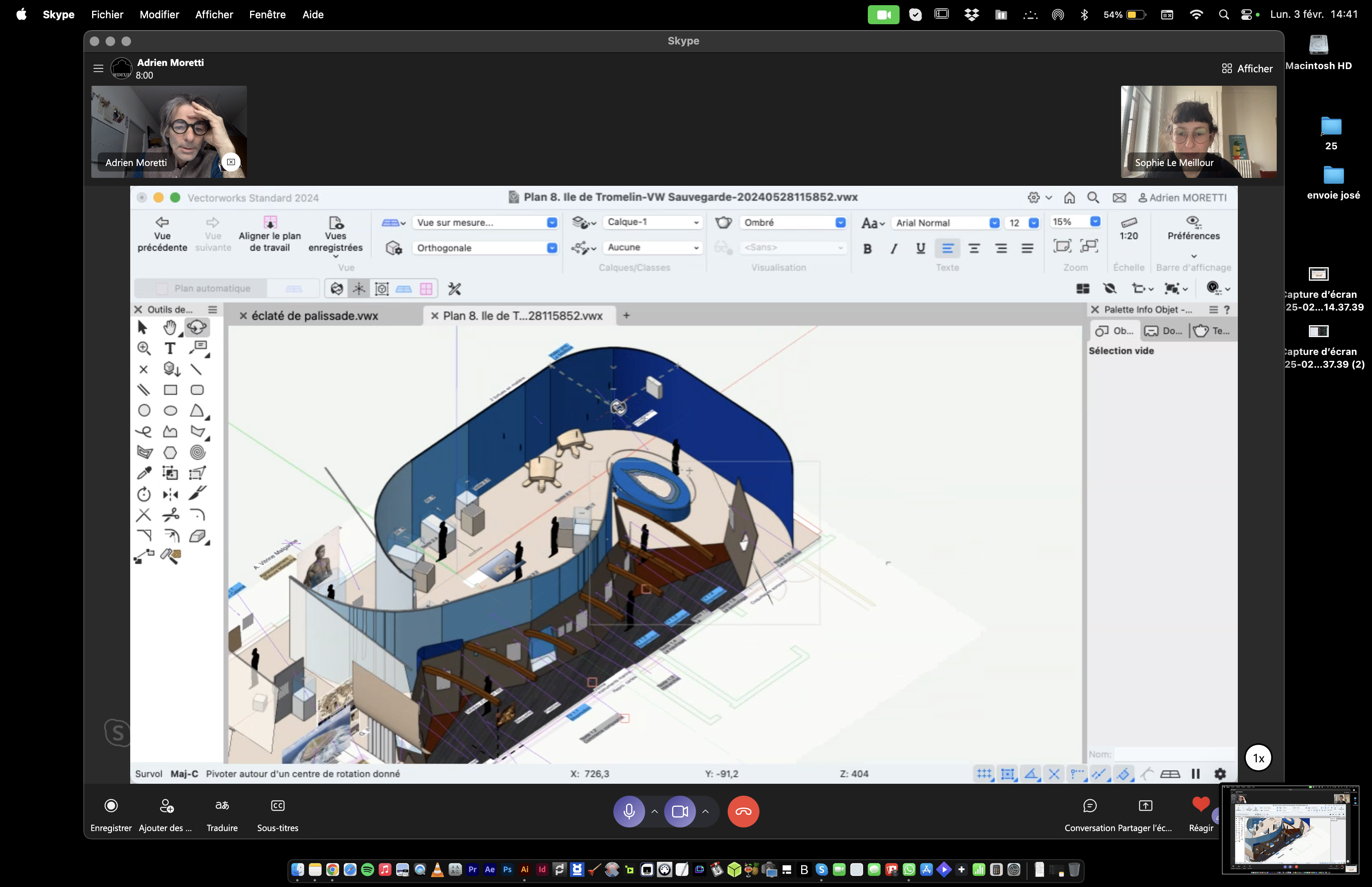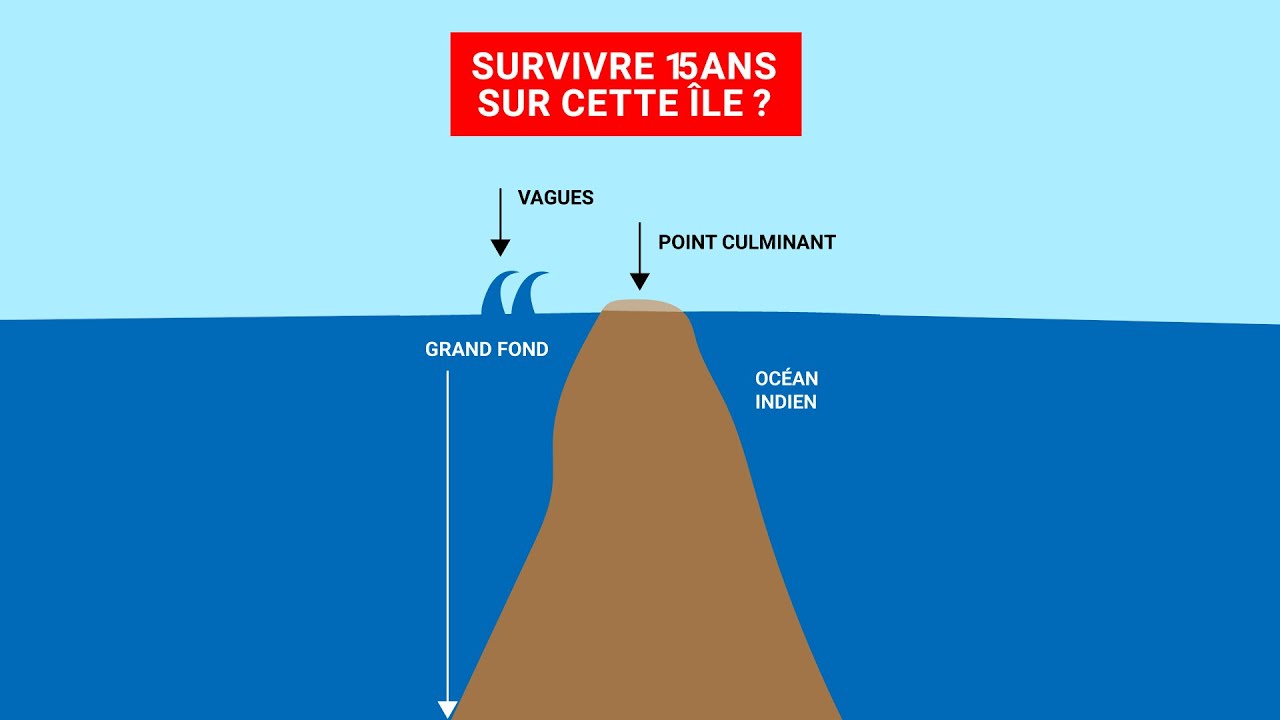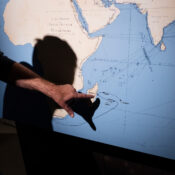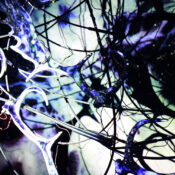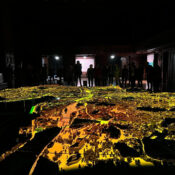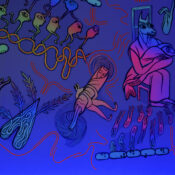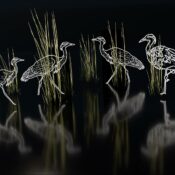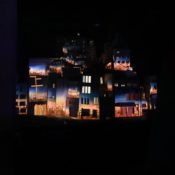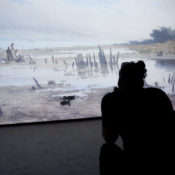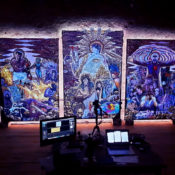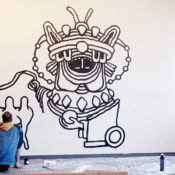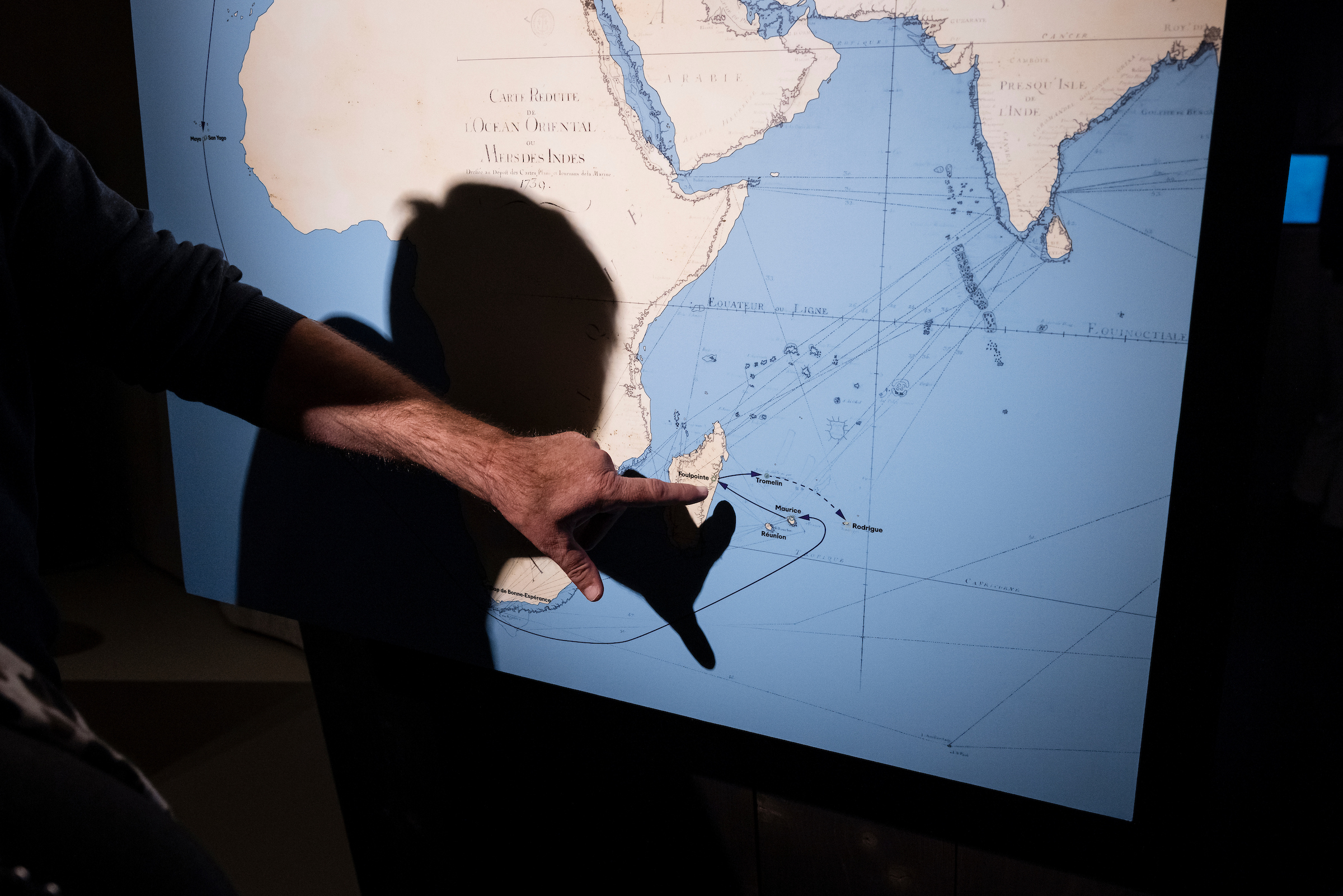L’ILE DE SABLE – Exhibition at the Archeological Museum – Laténium, Neuchâtel CH > LINK
mapping on mock up.
from October 2025 – to January 2027
TEAM
General Curator: Marc-Antoine Kaeser
Scenography : Adrien Moretti, Midi XIII (Vevey)
Project Assistant: Laetitia Chêne
Video Creation: Sophie Le Meillour, Telomeres Studio
Sound Design: Julian Sartorius
Animation Films: Arno Louis
Technical Support: Lucien Schubert
Promotional Video: Panda Do Studio
Photo : Guillaume Perret & Sophie Le Meillour
PROJECT
The Laténium exhibition immerses us in the 18th century, at the heart of colonial slavery. It demonstrates how archaeology can give a voice back to the victims of the slave trade, whose stories are silenced in historical texts.
“Sable Island” is a tiny, barren islet lost in the Indian Ocean, battered by waves and swept by violent winds, where in September 1761 a tragedy unfolded, revealing the racial injustice and inhumanity of the slave system. Following the shipwreck of a vessel, 80 people, purchased illegally, were abandoned to their grim fate. Fifteen years later, in 1776, an expedition led by the Chevalier de Tromelin finally landed on the islet and found seven survivors and an infant…
From that time onward, this cruel drama mobilized abolitionist consciences and inspired philosophers and writers in their criticism of the slave system. But their impassioned writings remained silent on what actually happened until the rescue: in the 18th century, the experiences of the victims of colonial exploitation were not a focus of attention. The question remains crucial: how could anyone survive for so long in such conditions?
Today, archaeology is shedding light on this forgotten chapter of historical memory. Excavations conducted on Tromelin Island reveal the extraordinary resilience of this persecuted humanity. To adapt to the island’s meager resources, these people, deported from Madagascar, transgressed fundamental rules of their original culture. They founded a new society and developed the techniques and economy that allowed them to brave isolation and the ravages of tropical cyclones.
